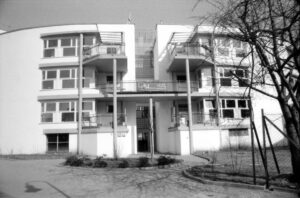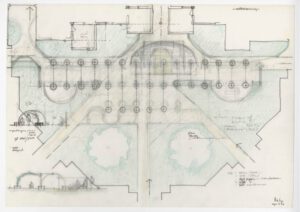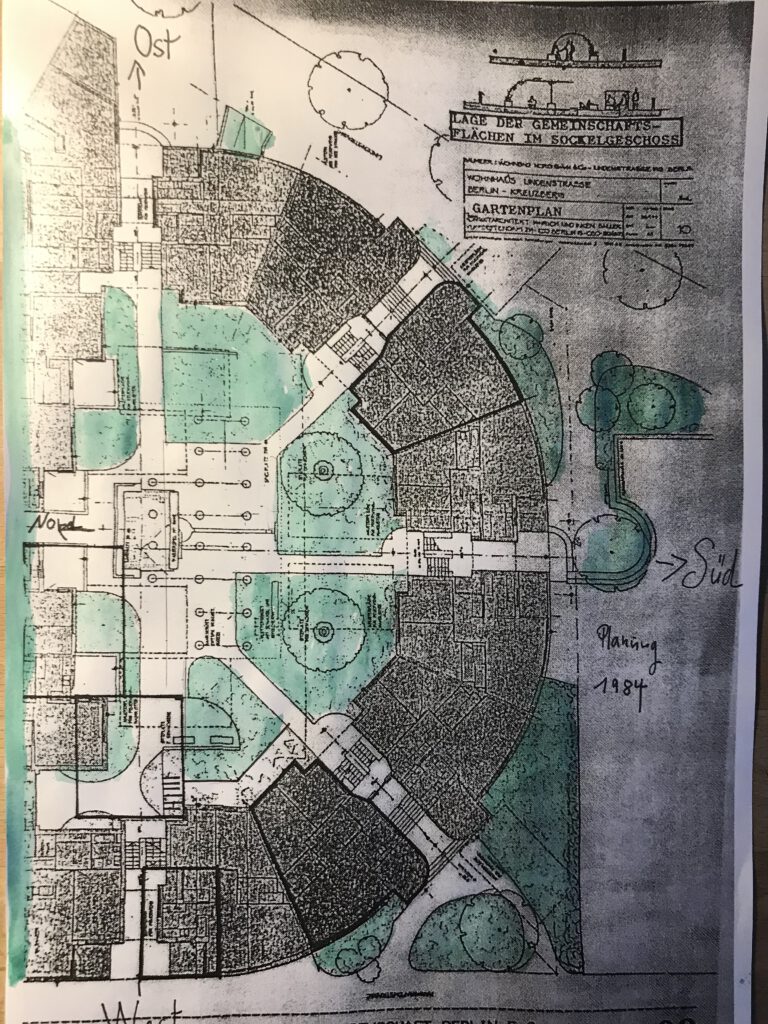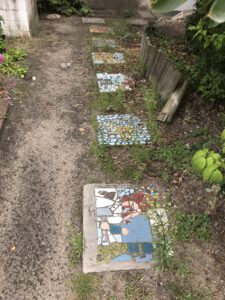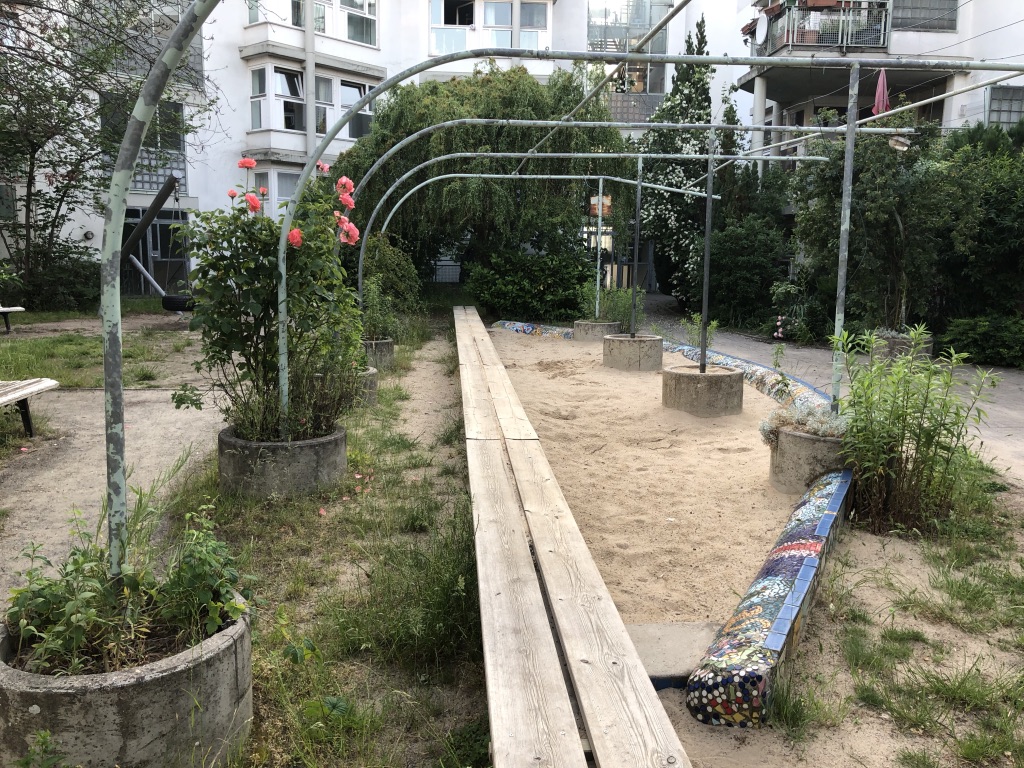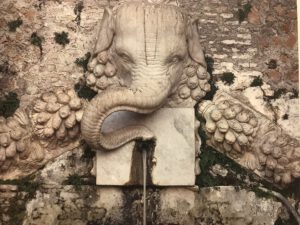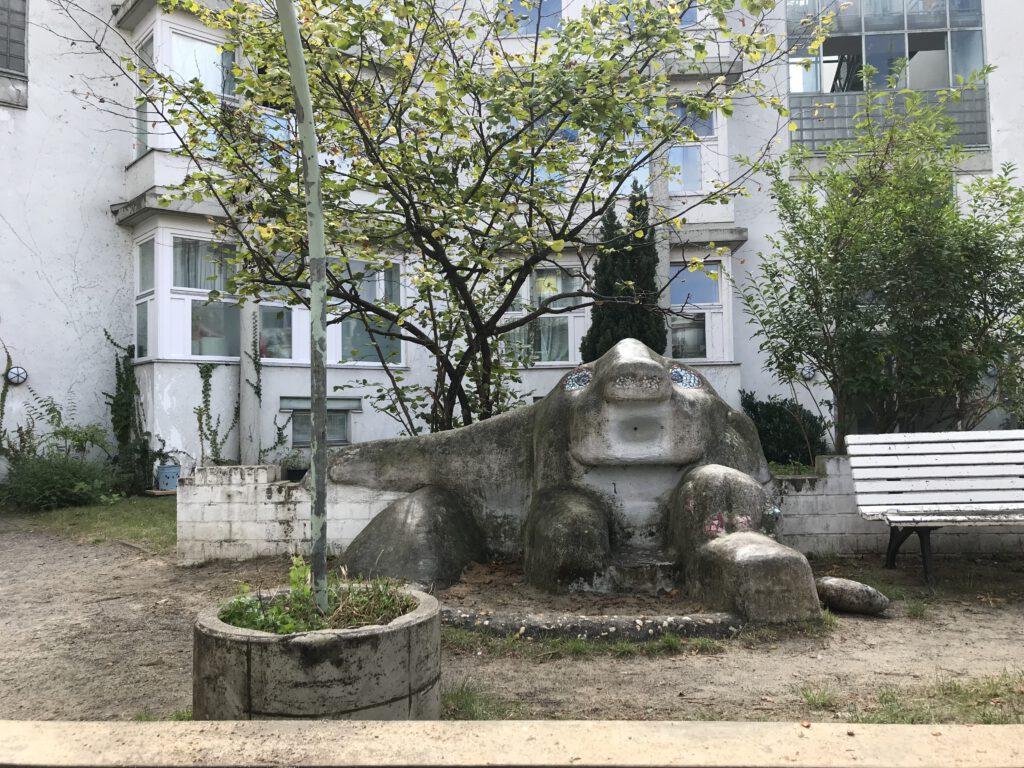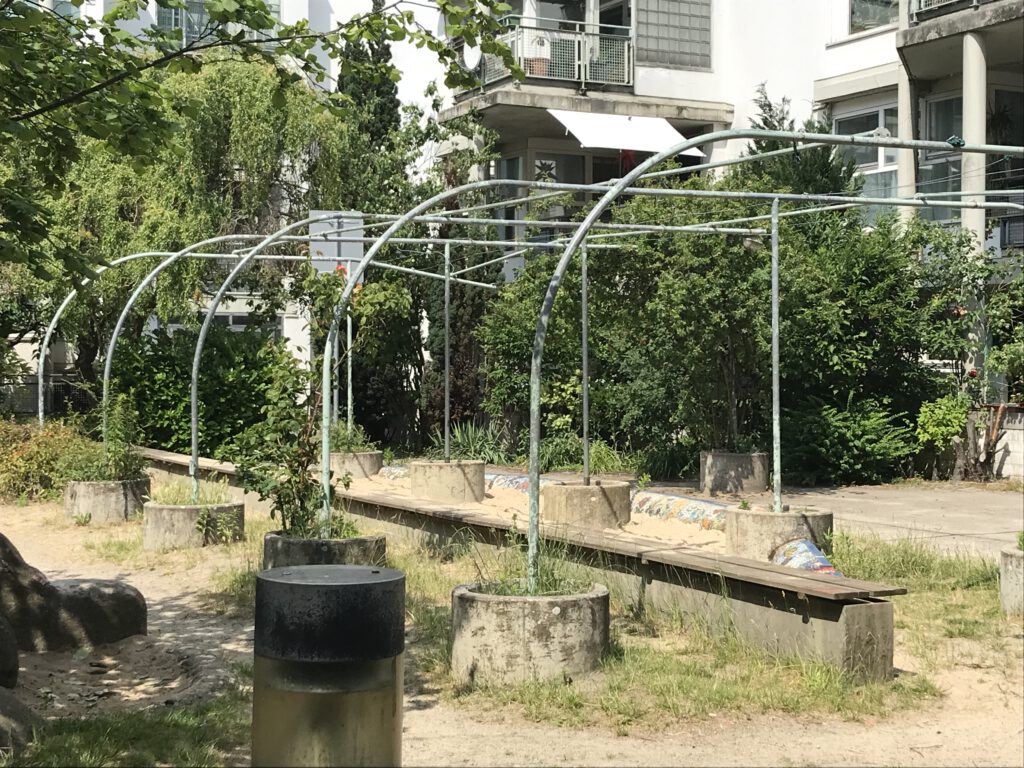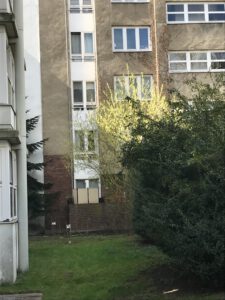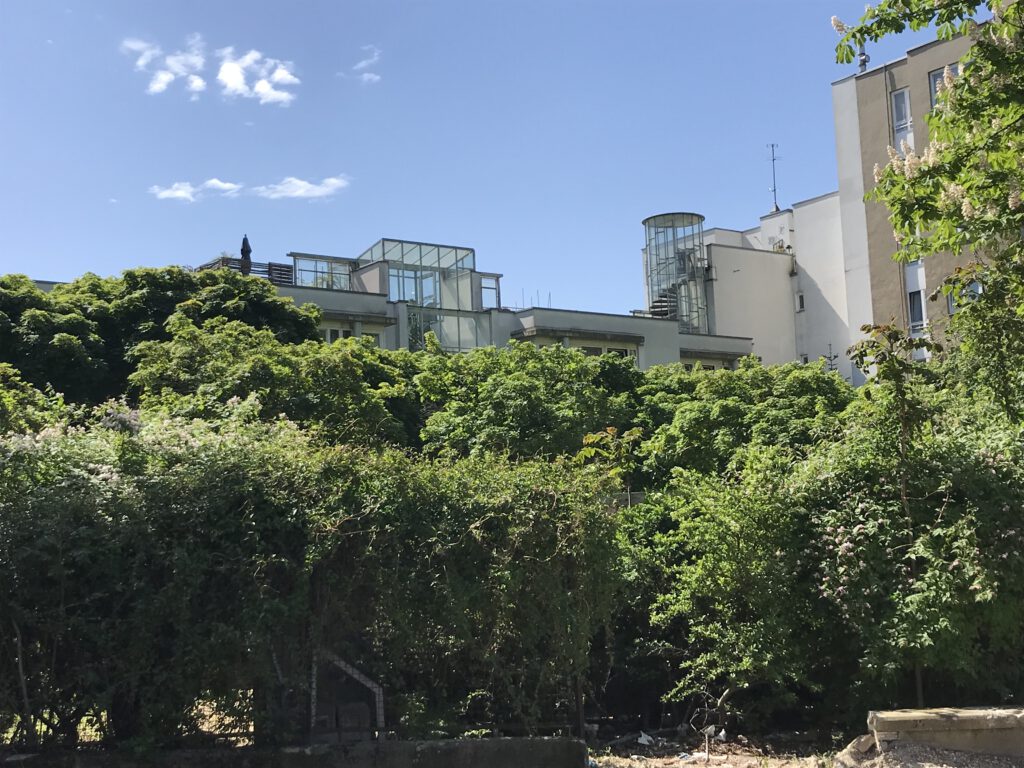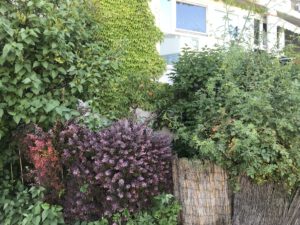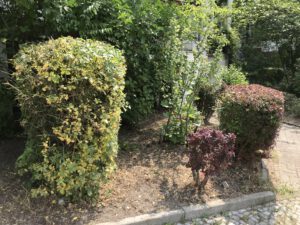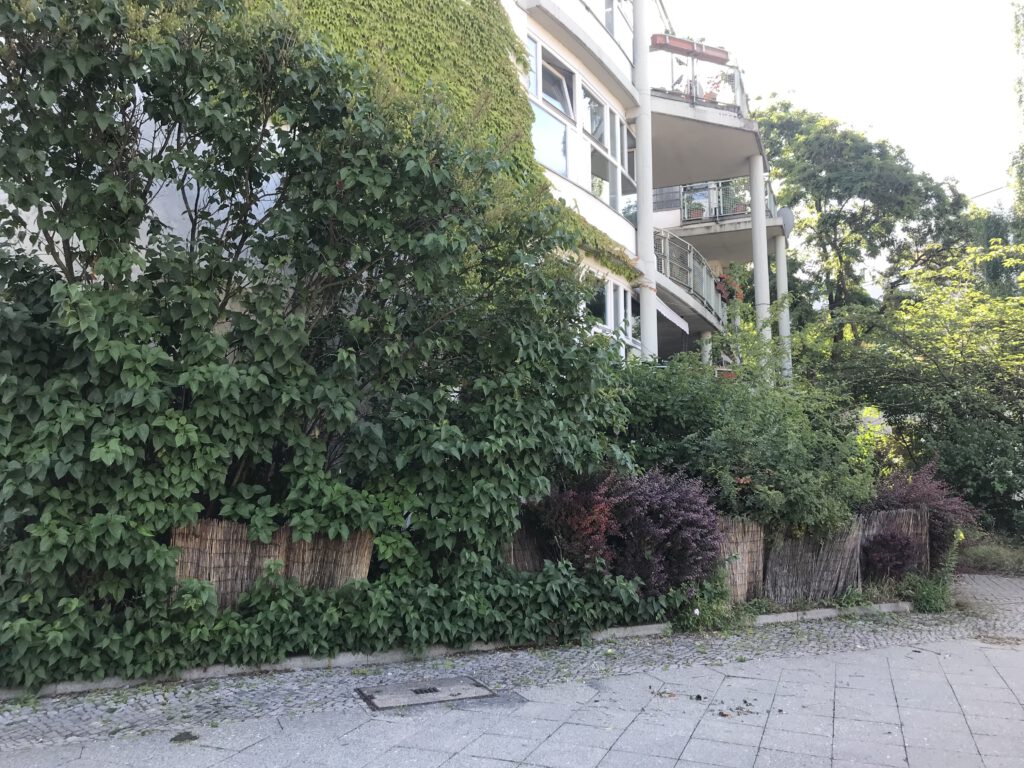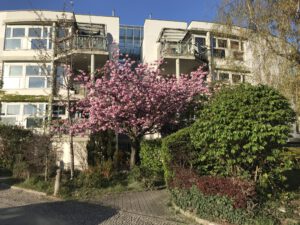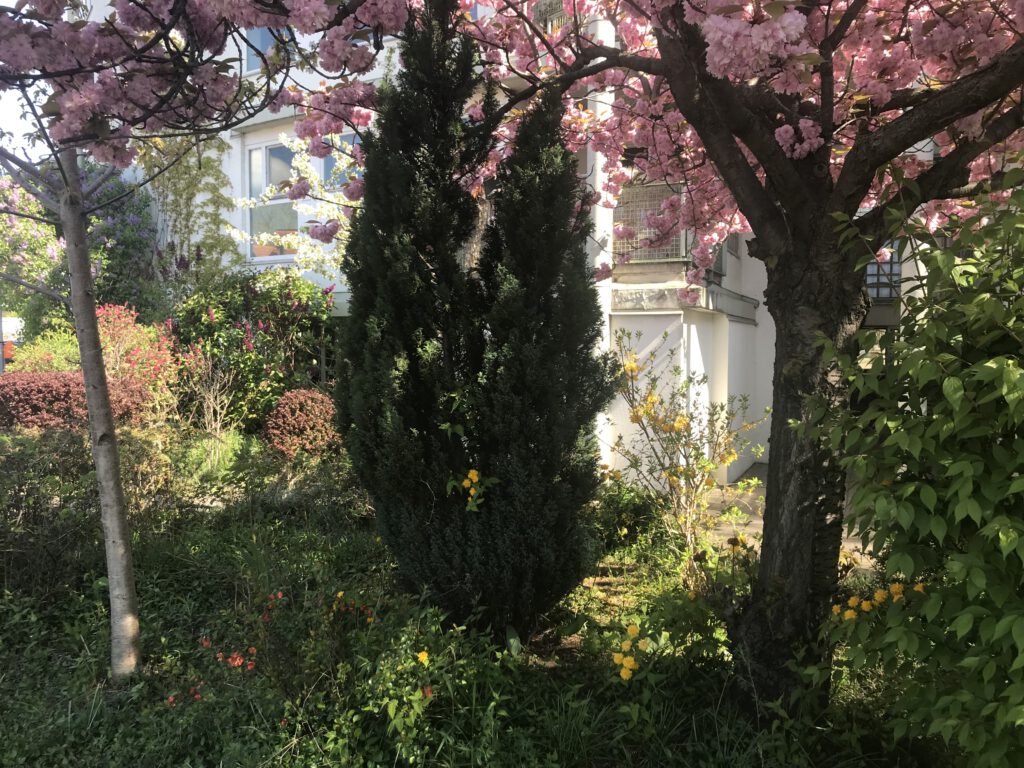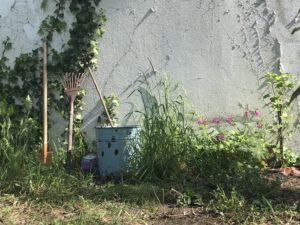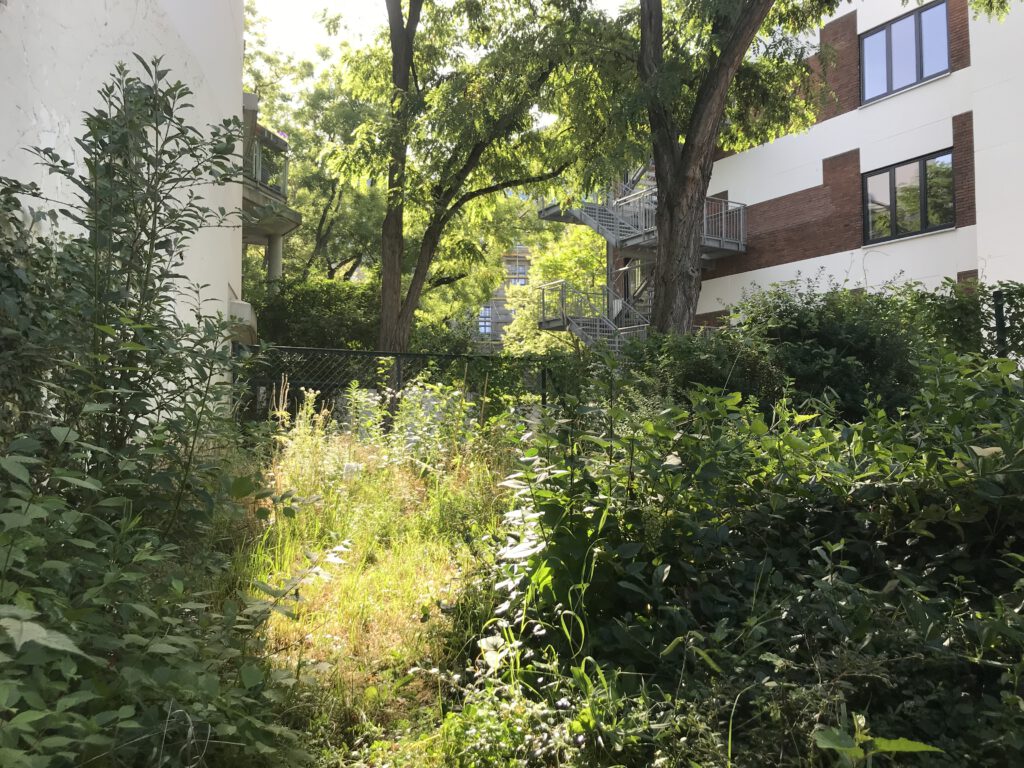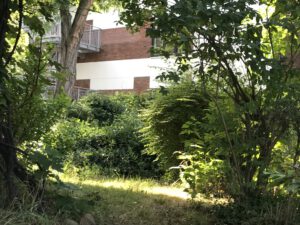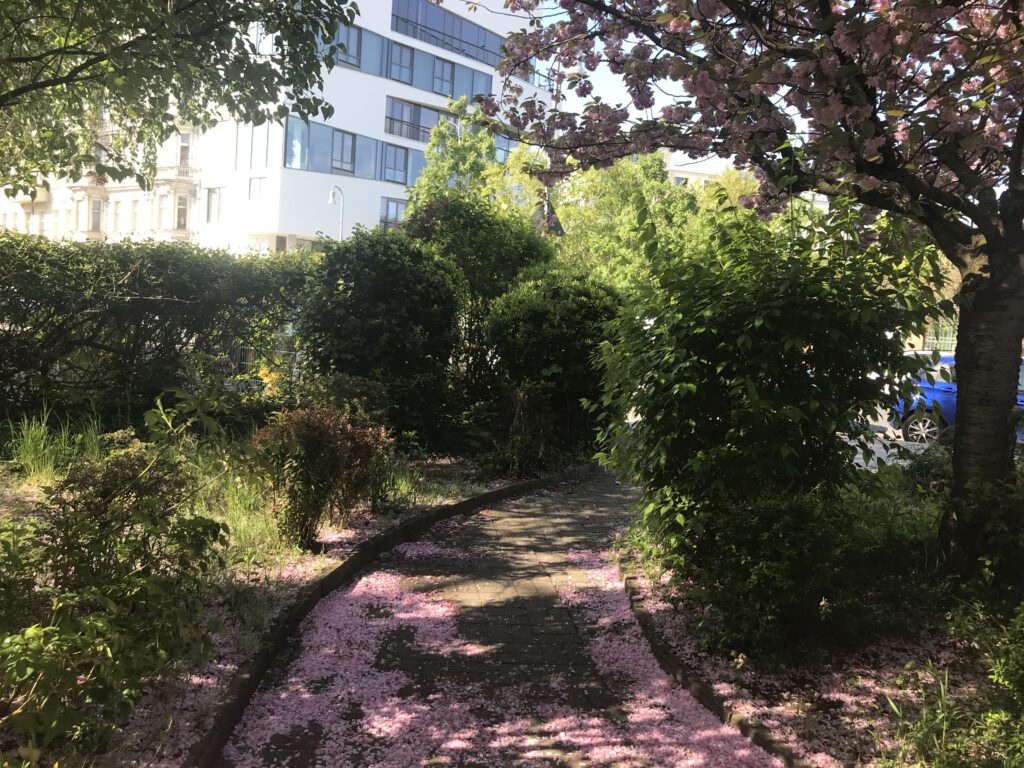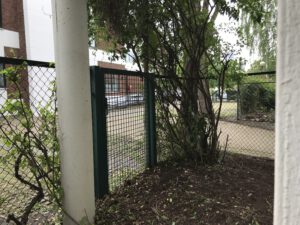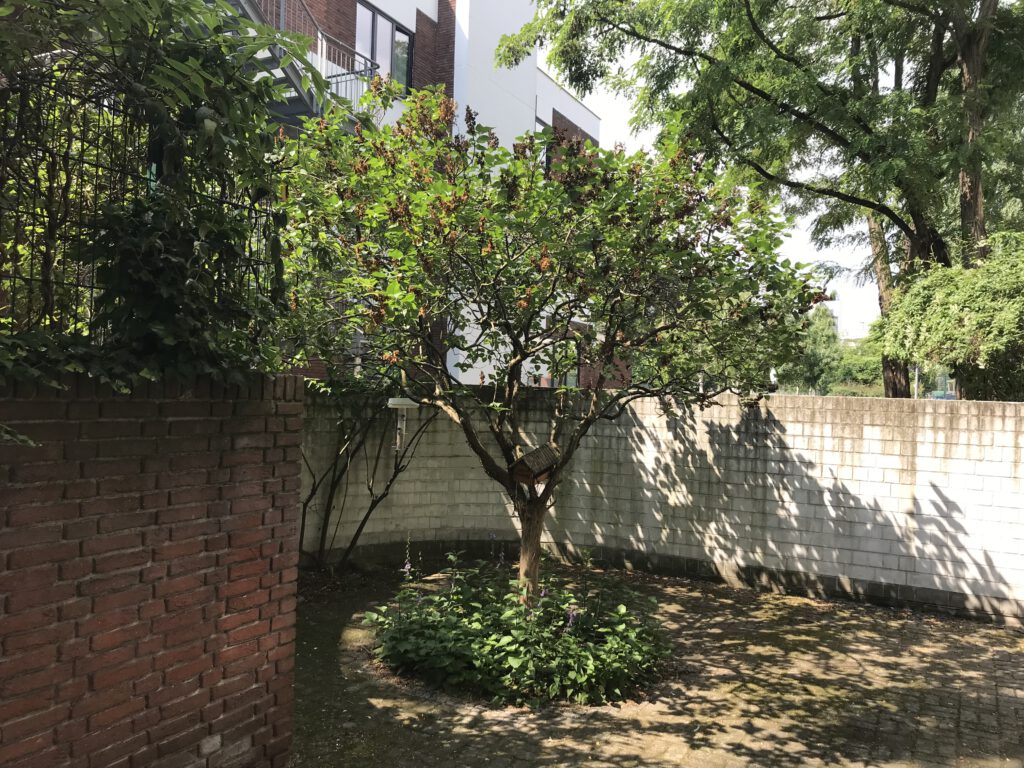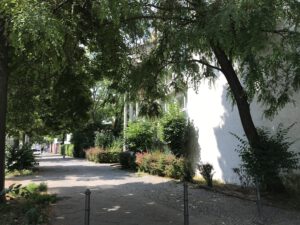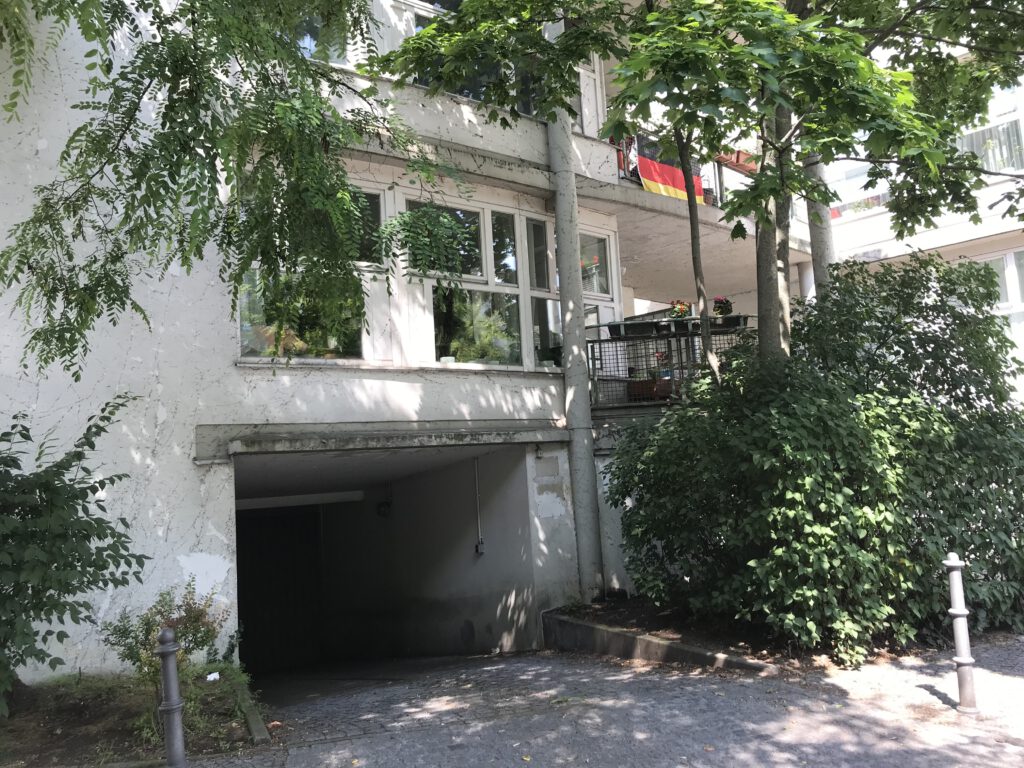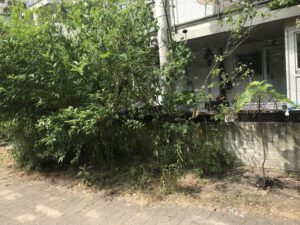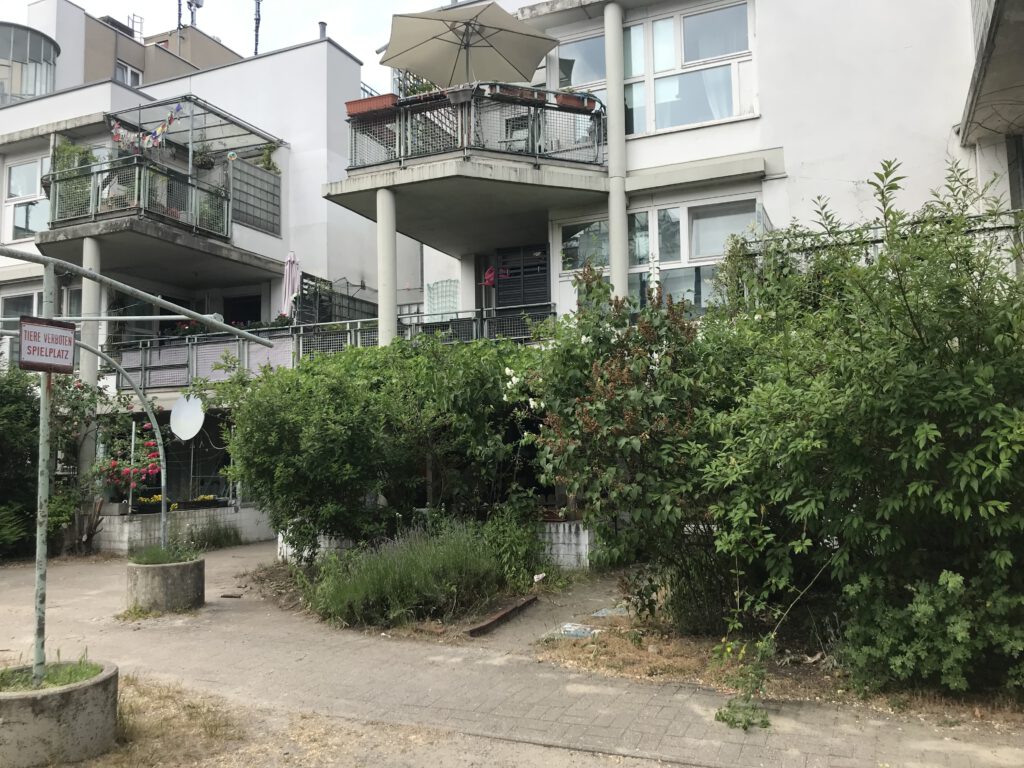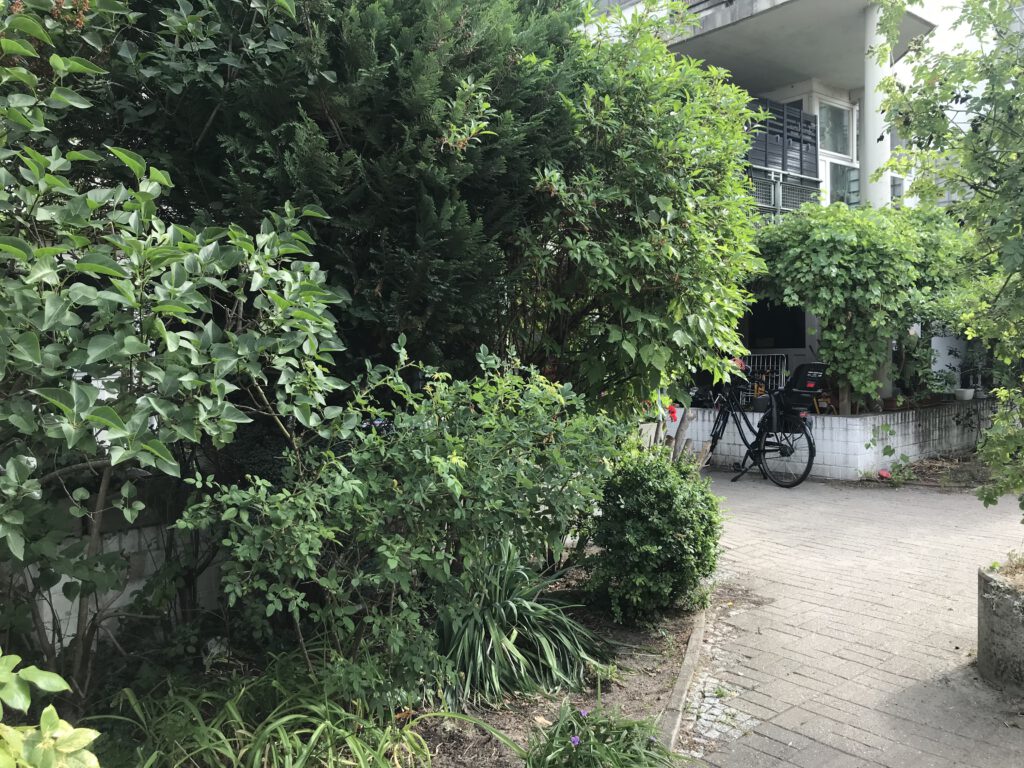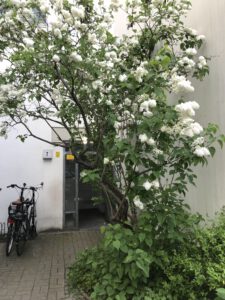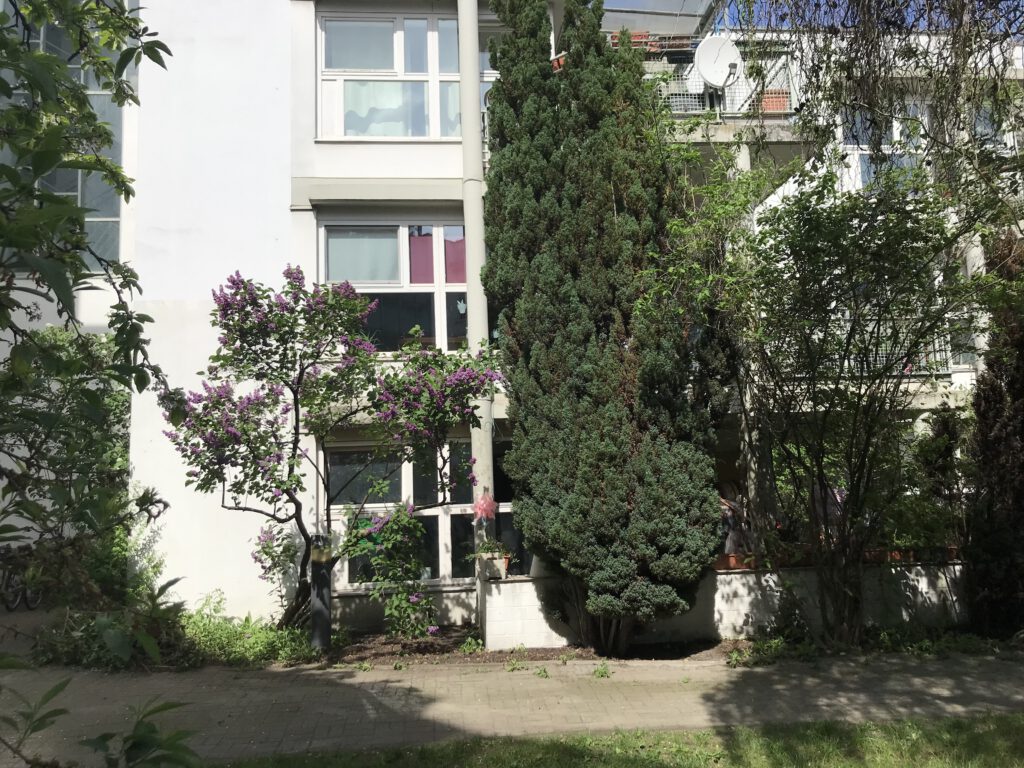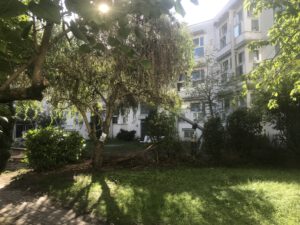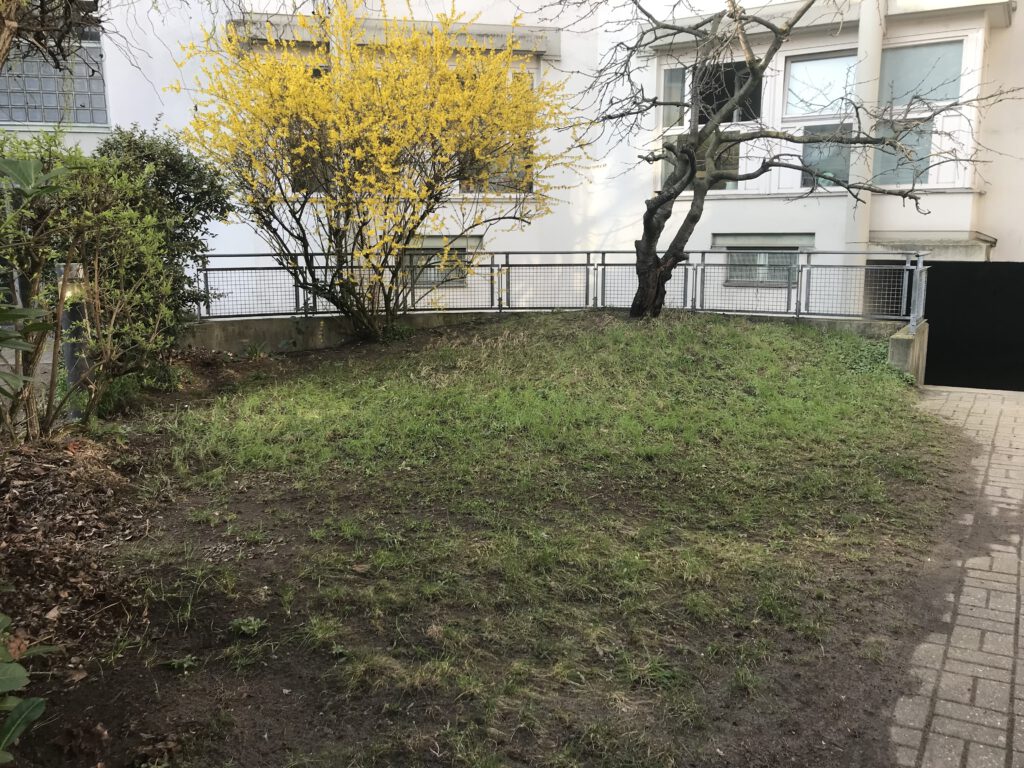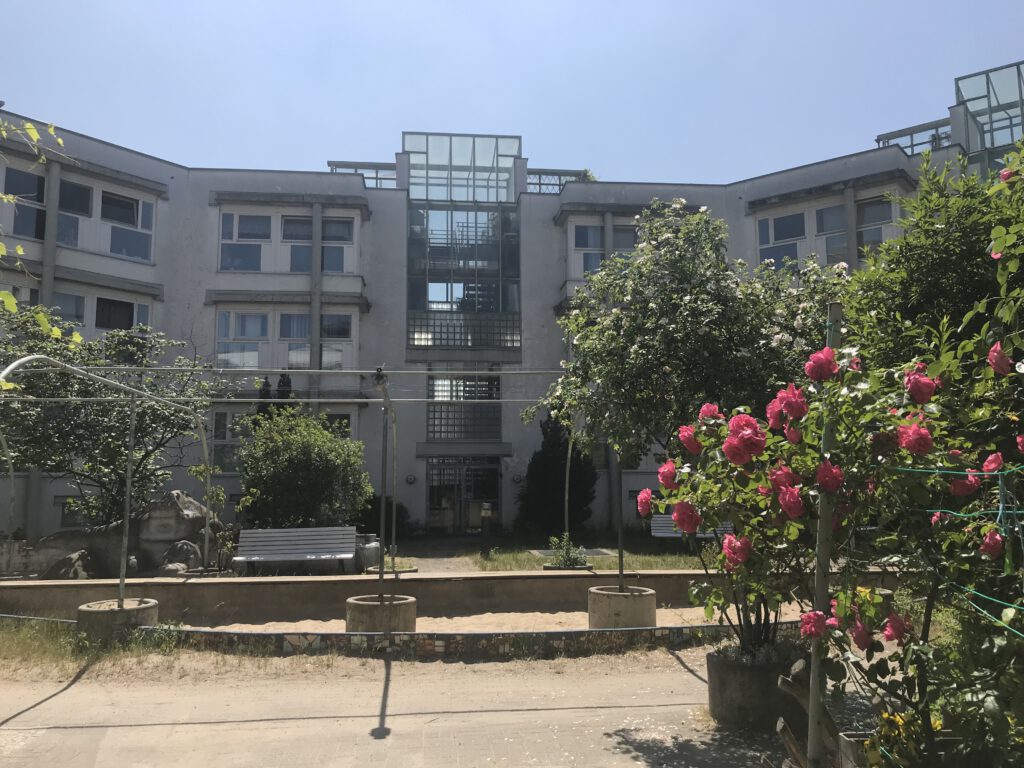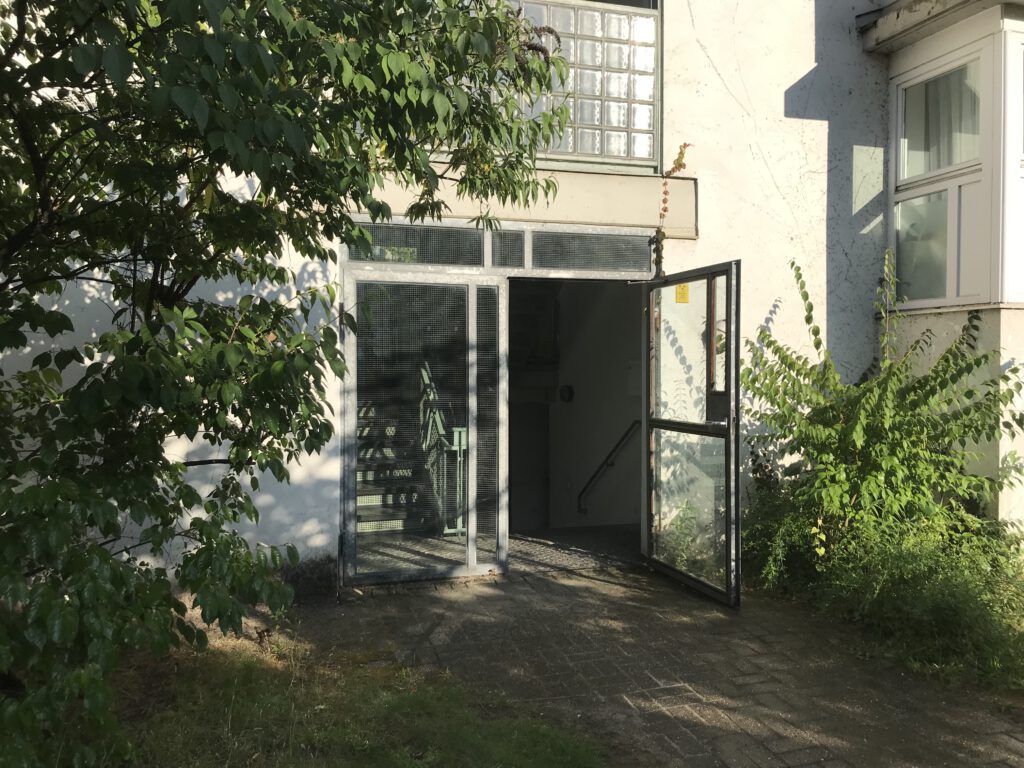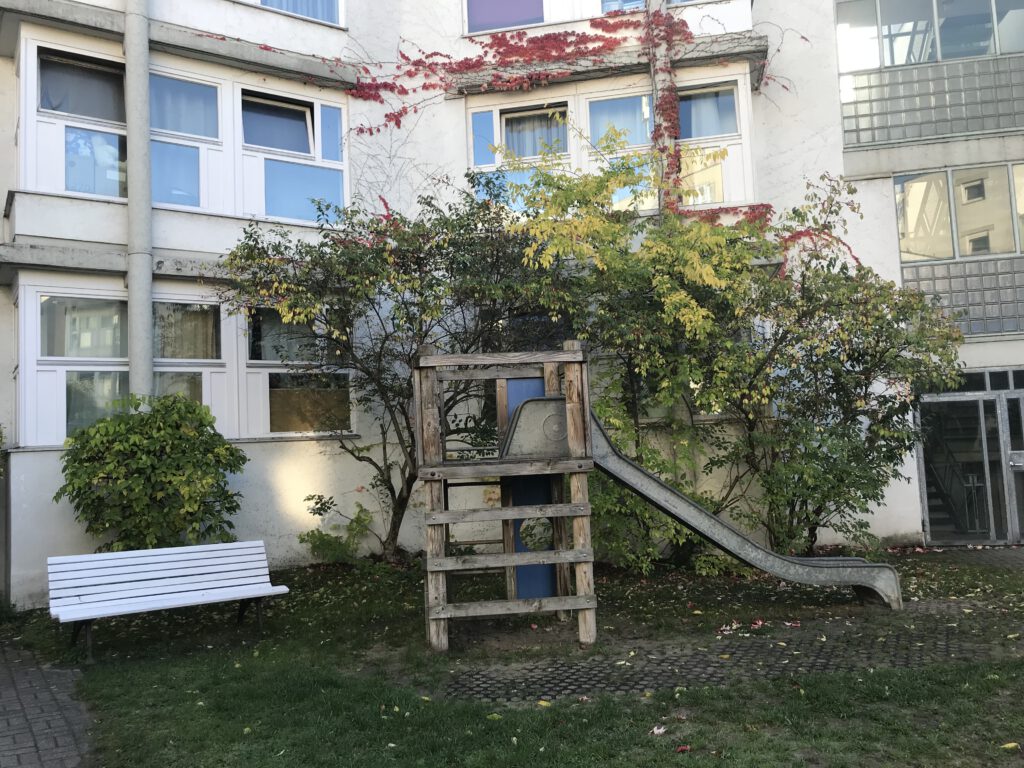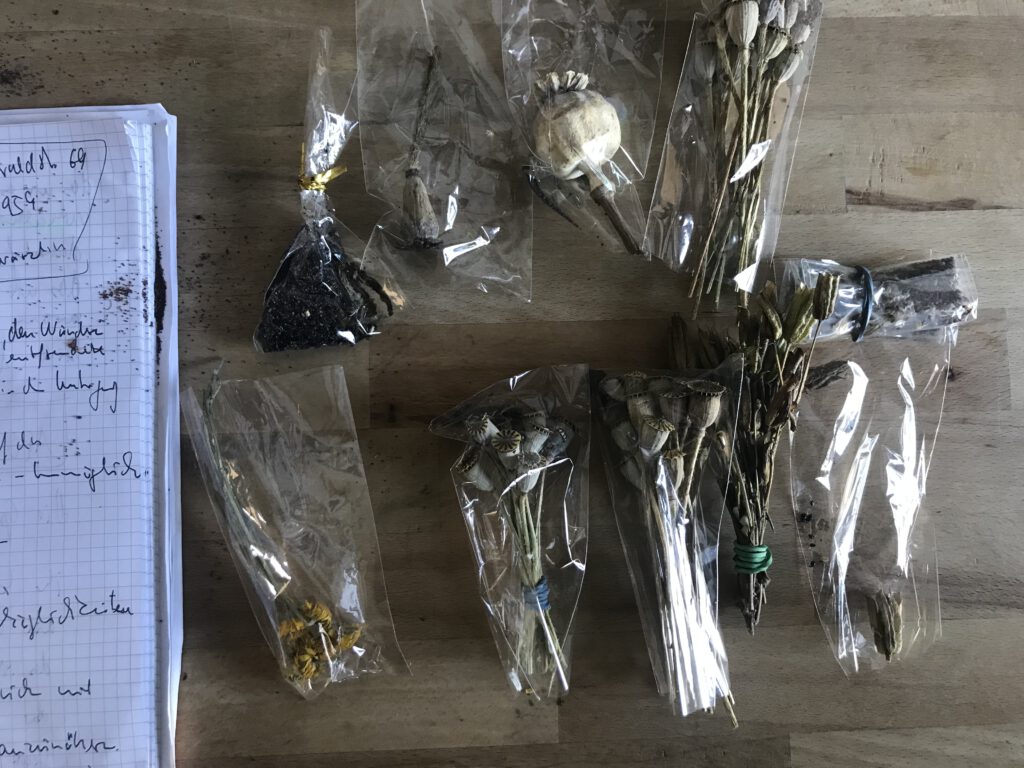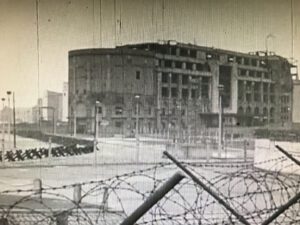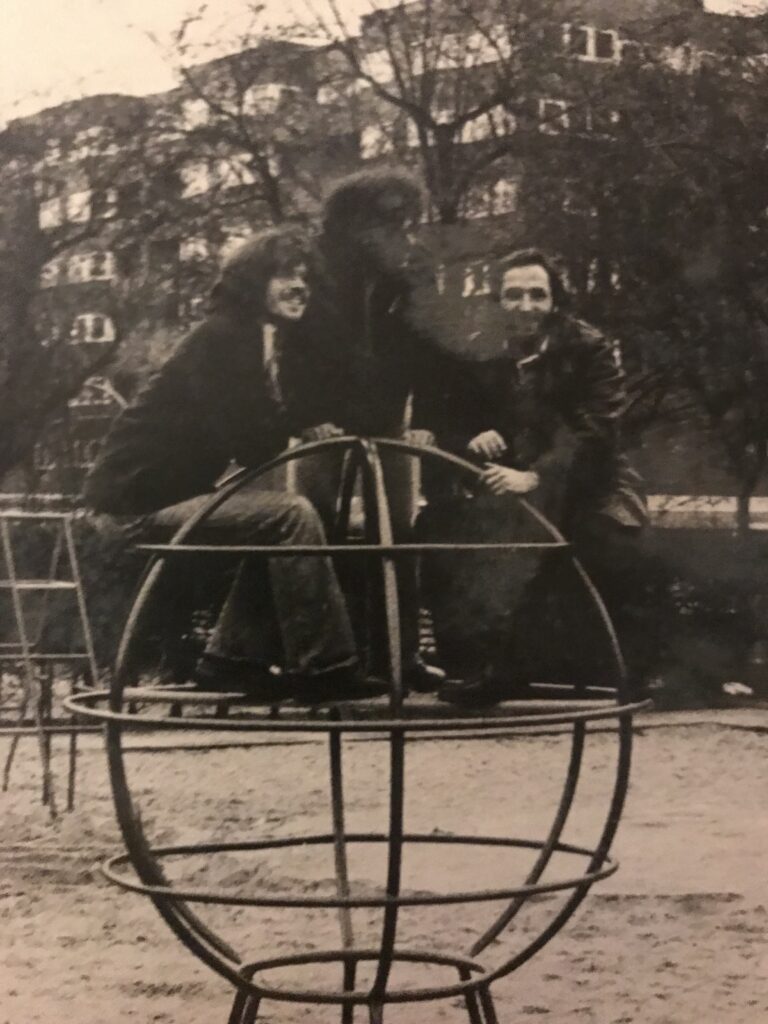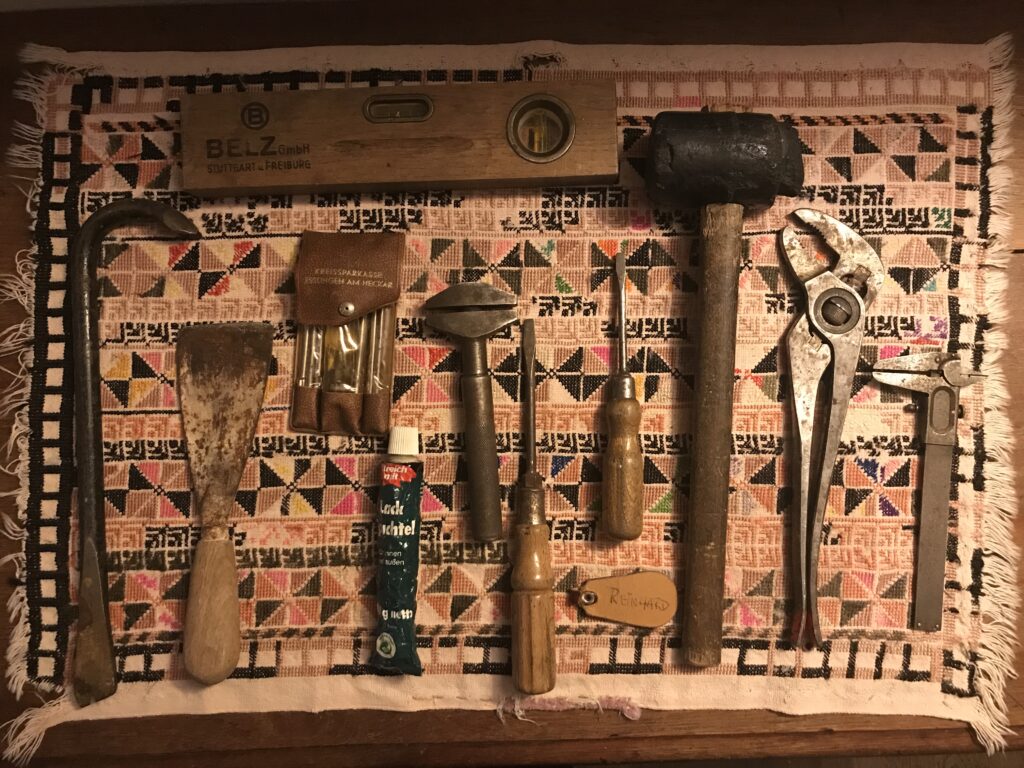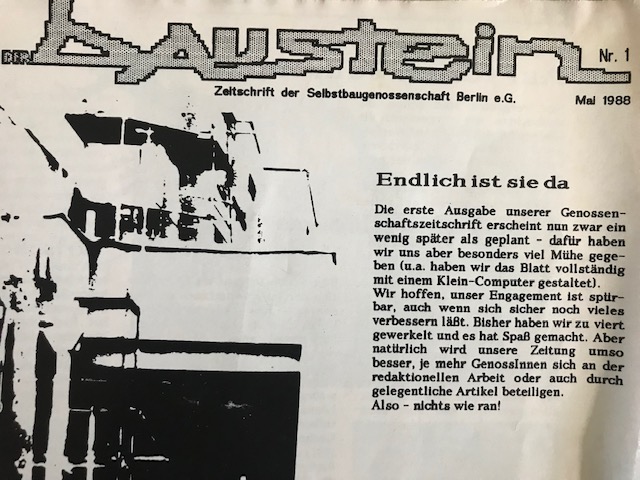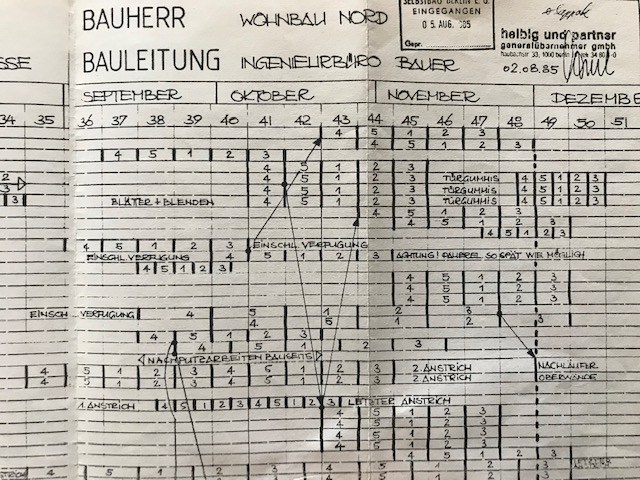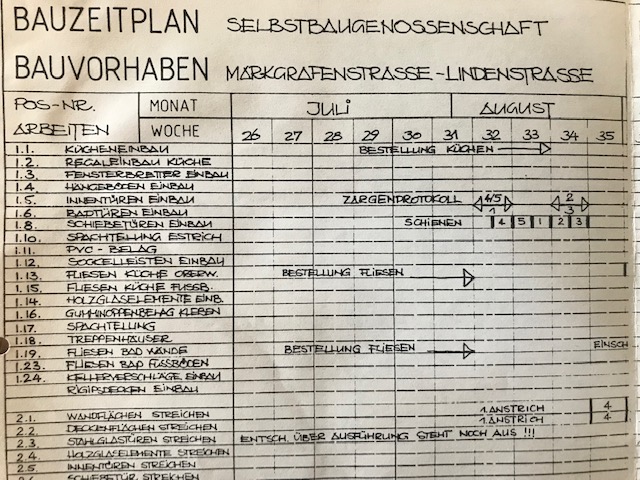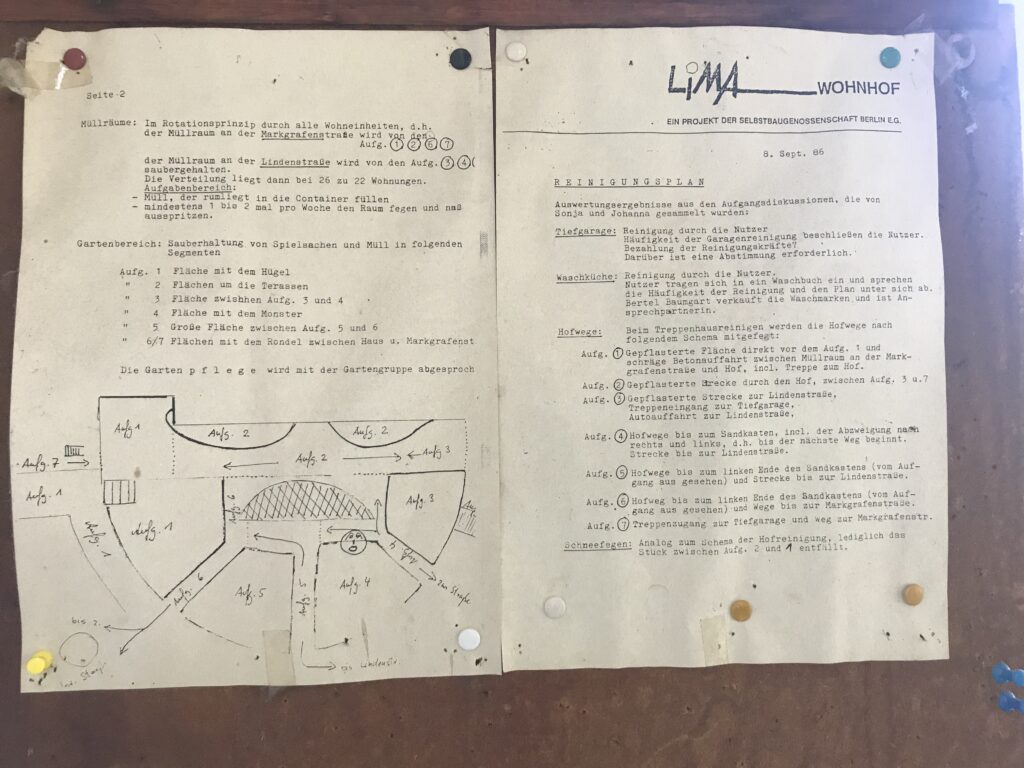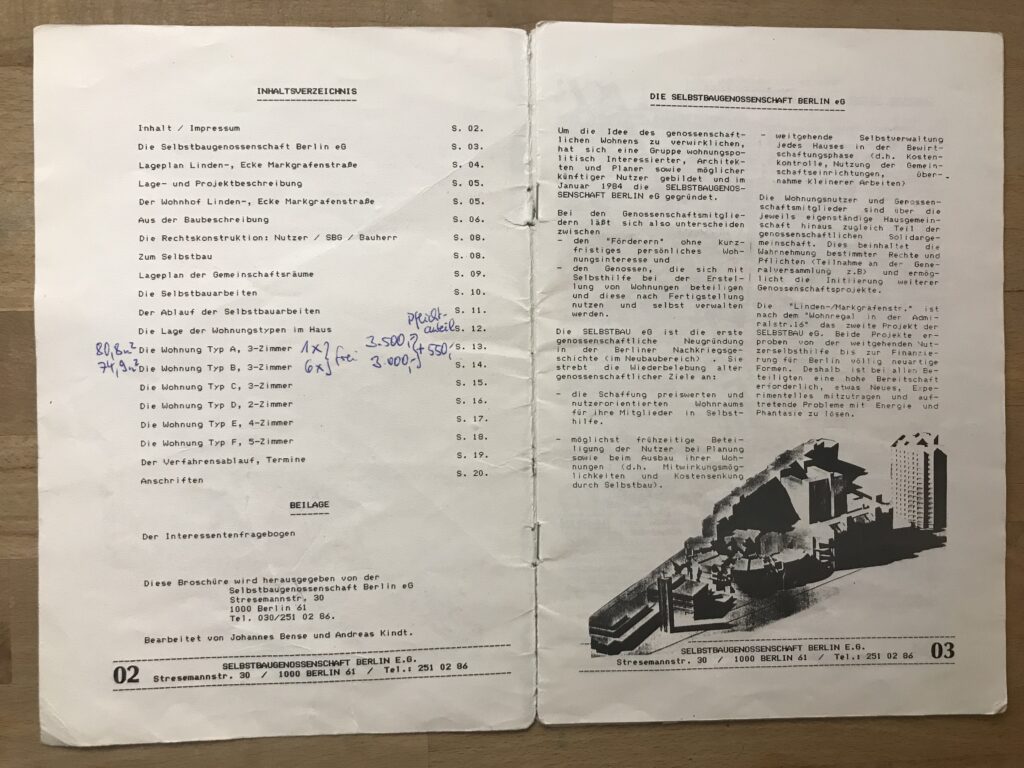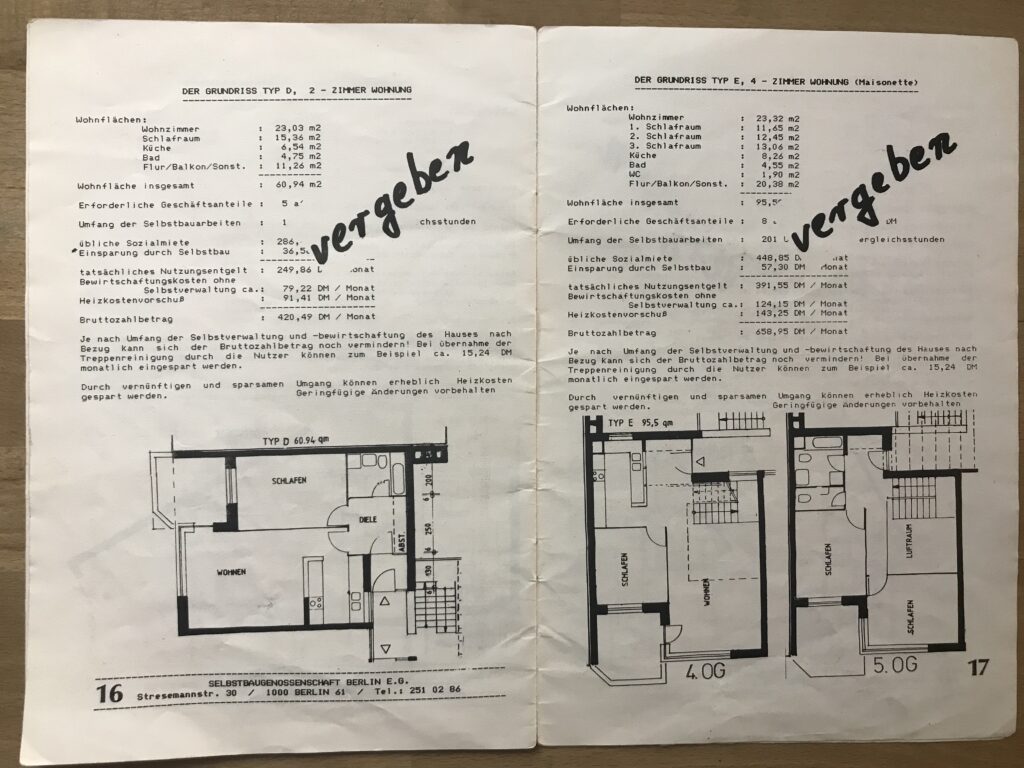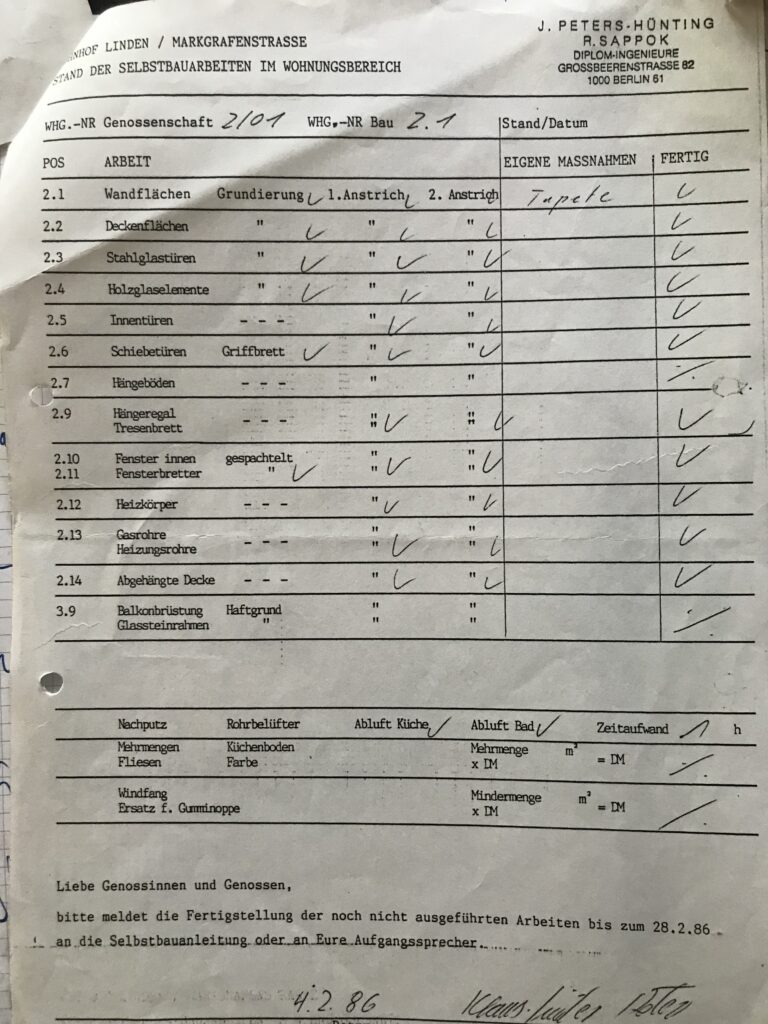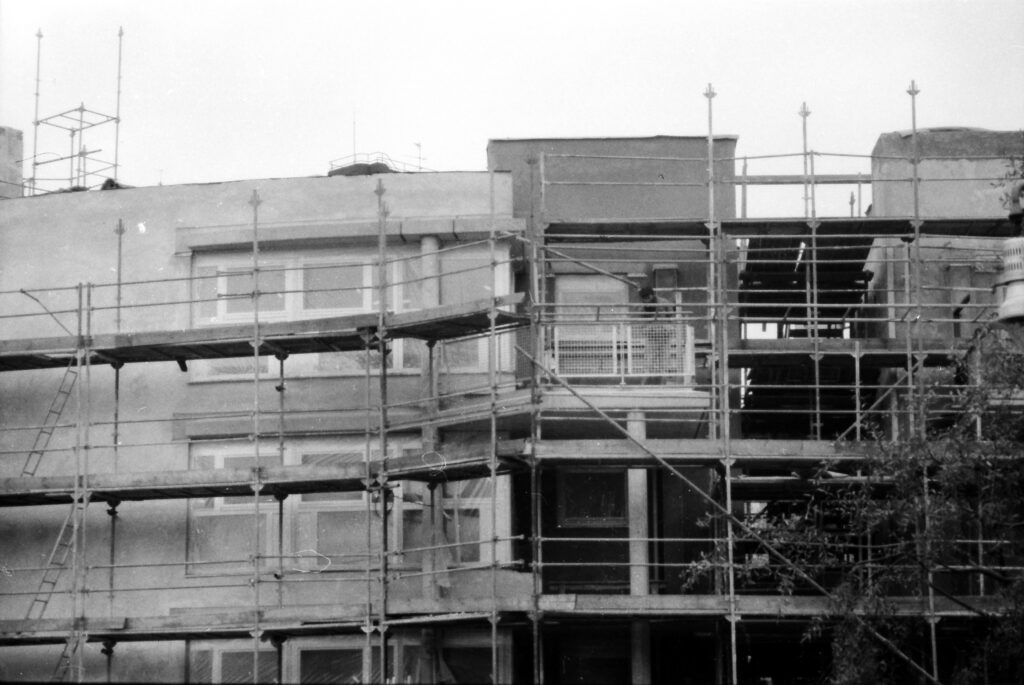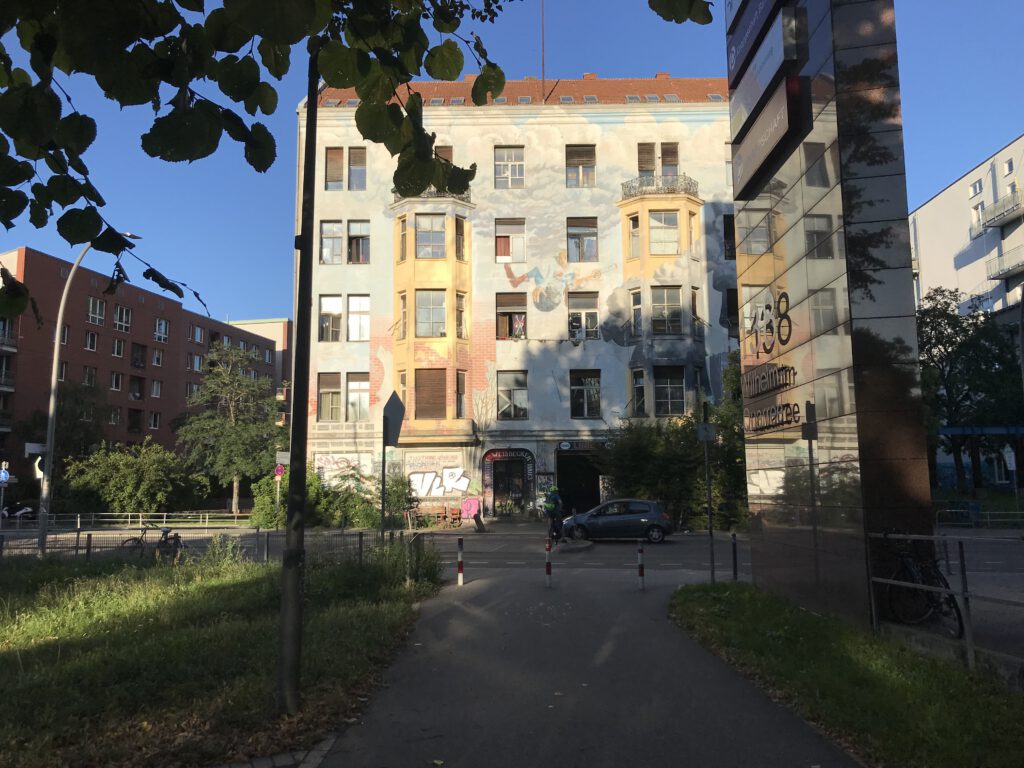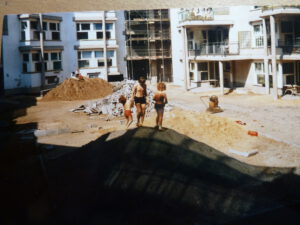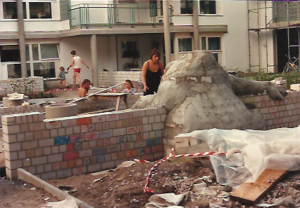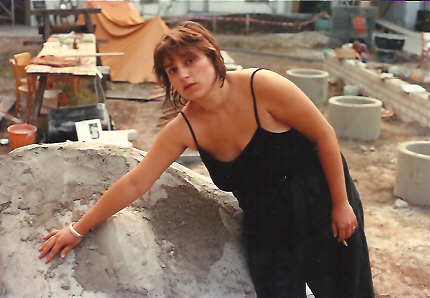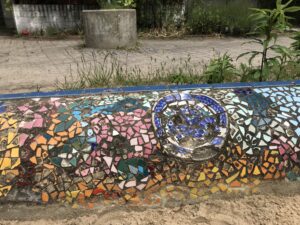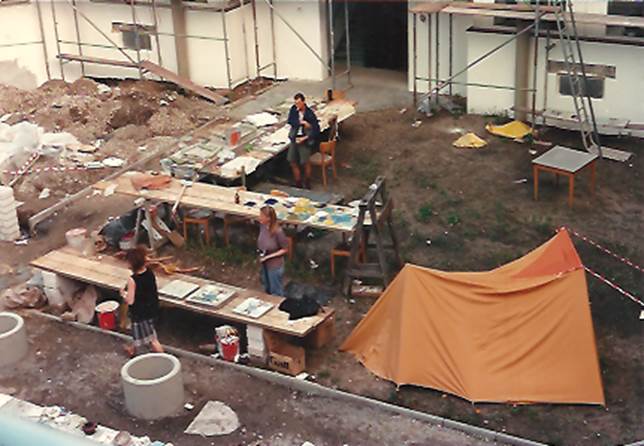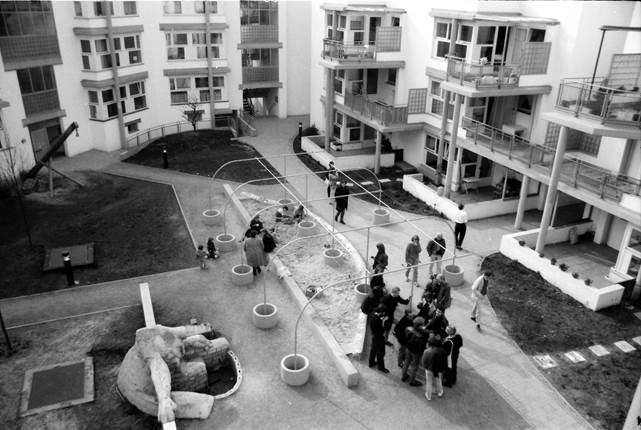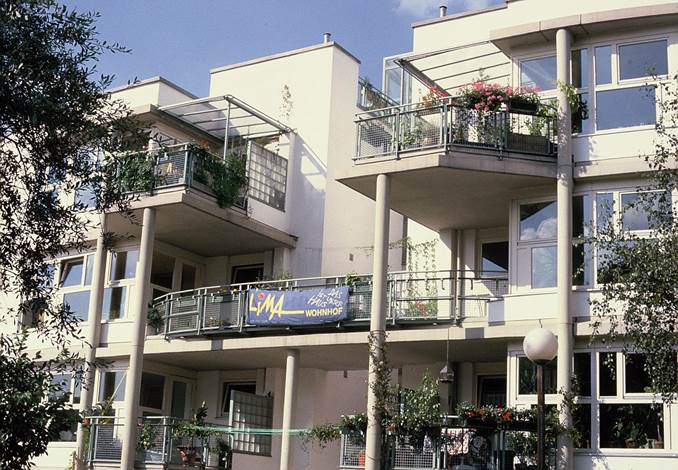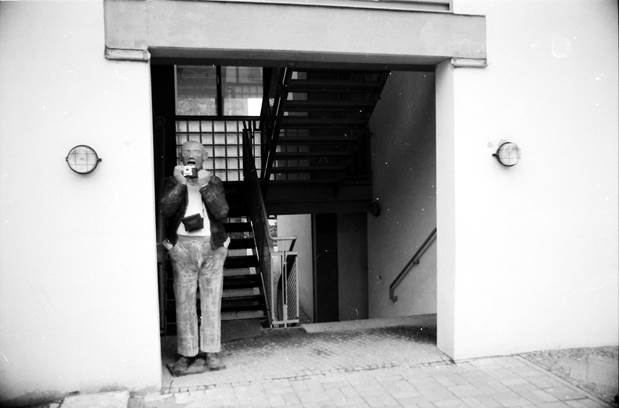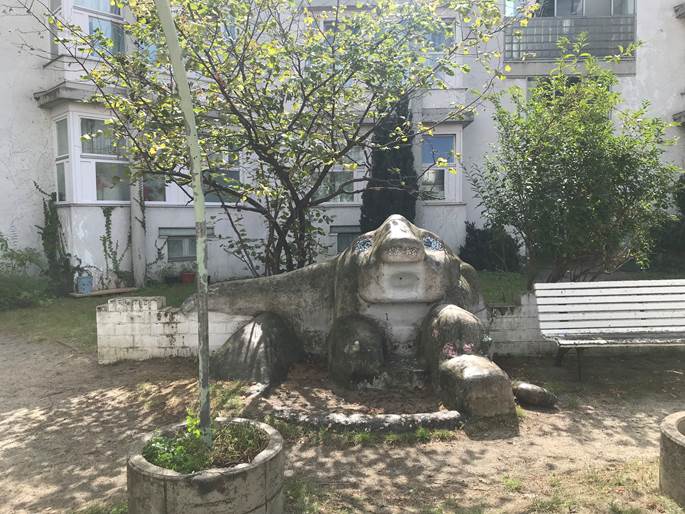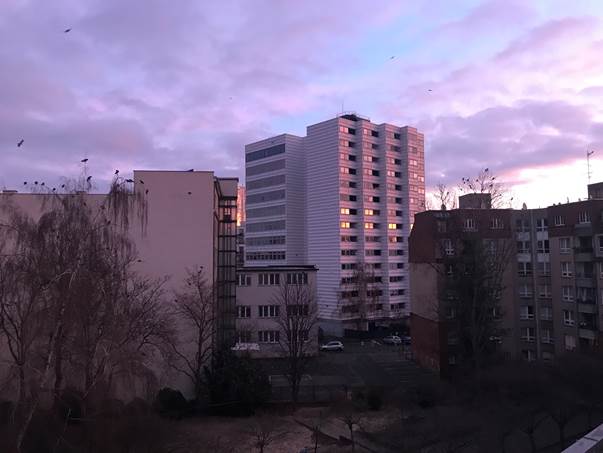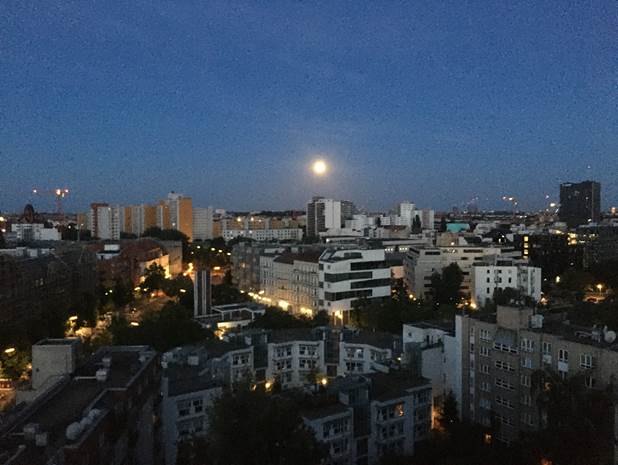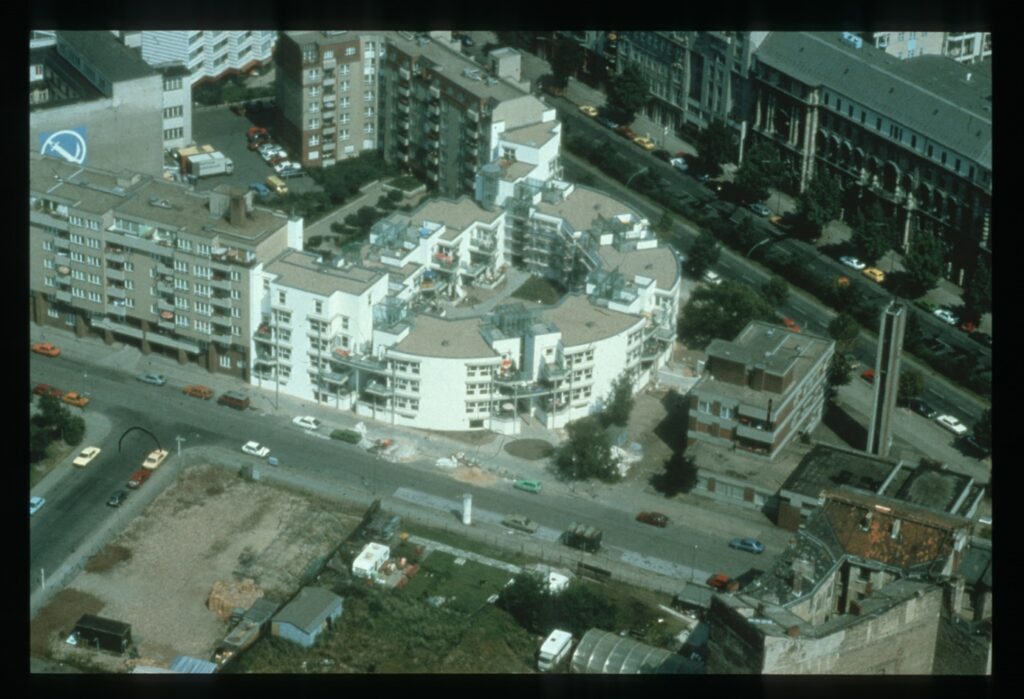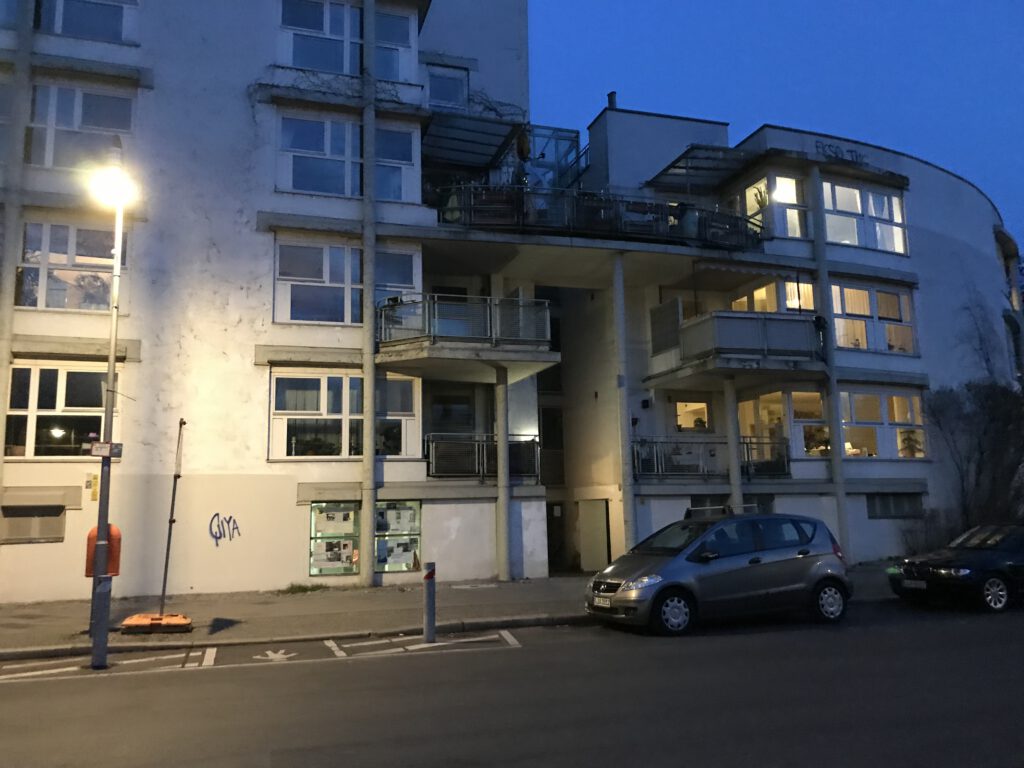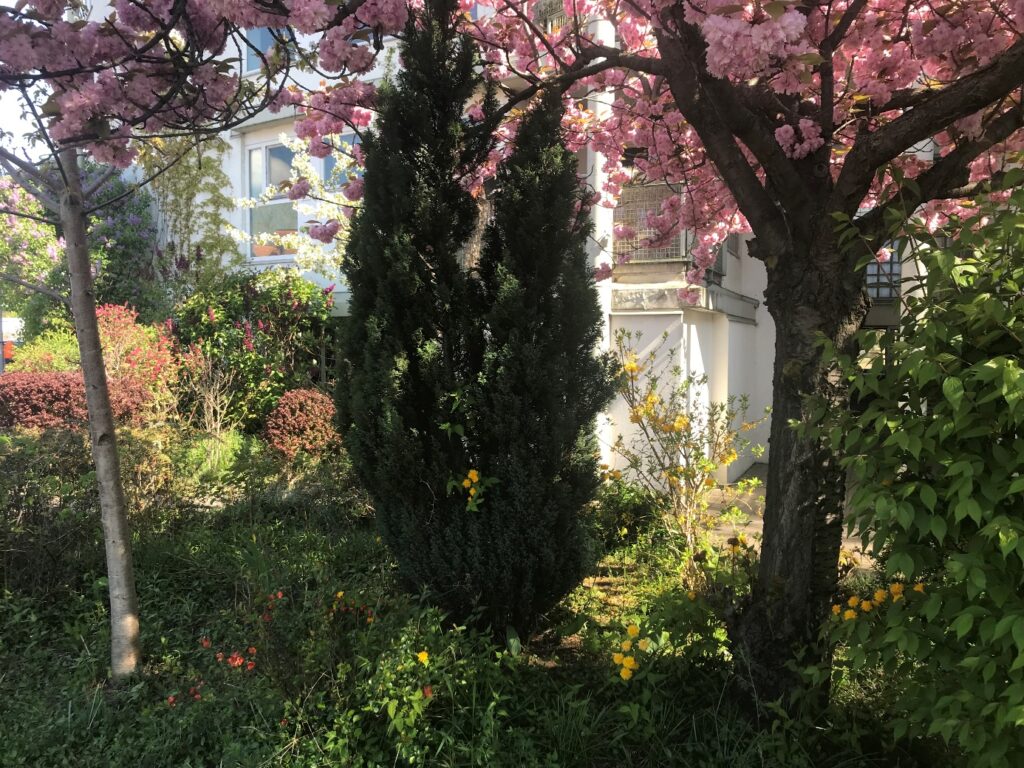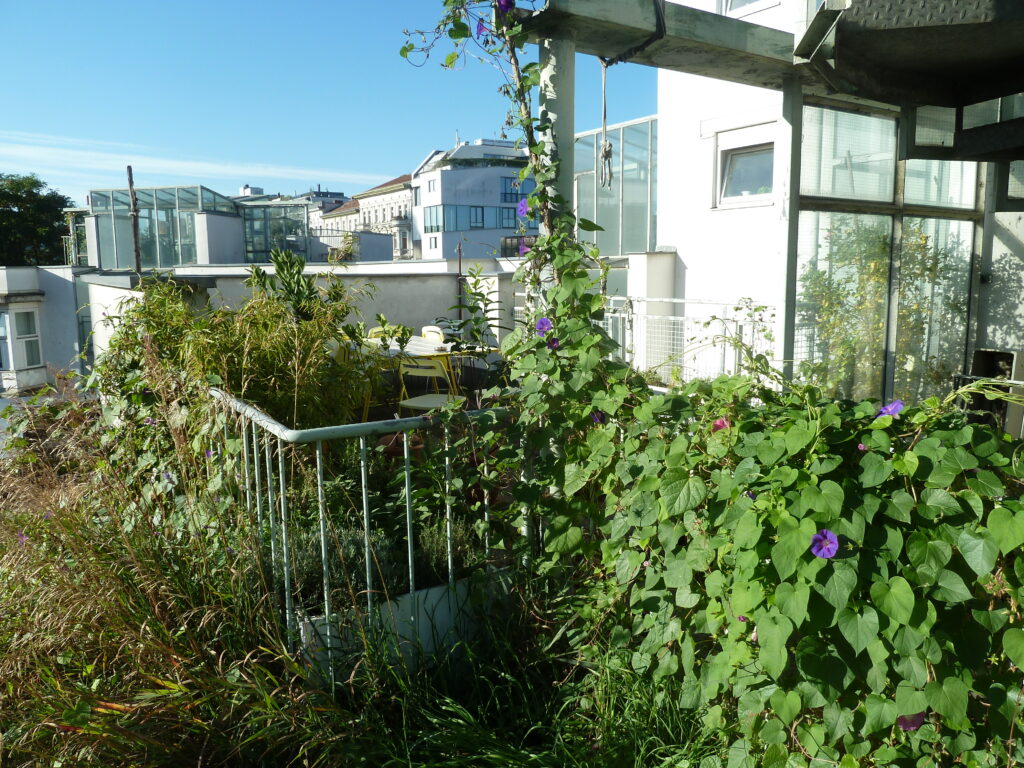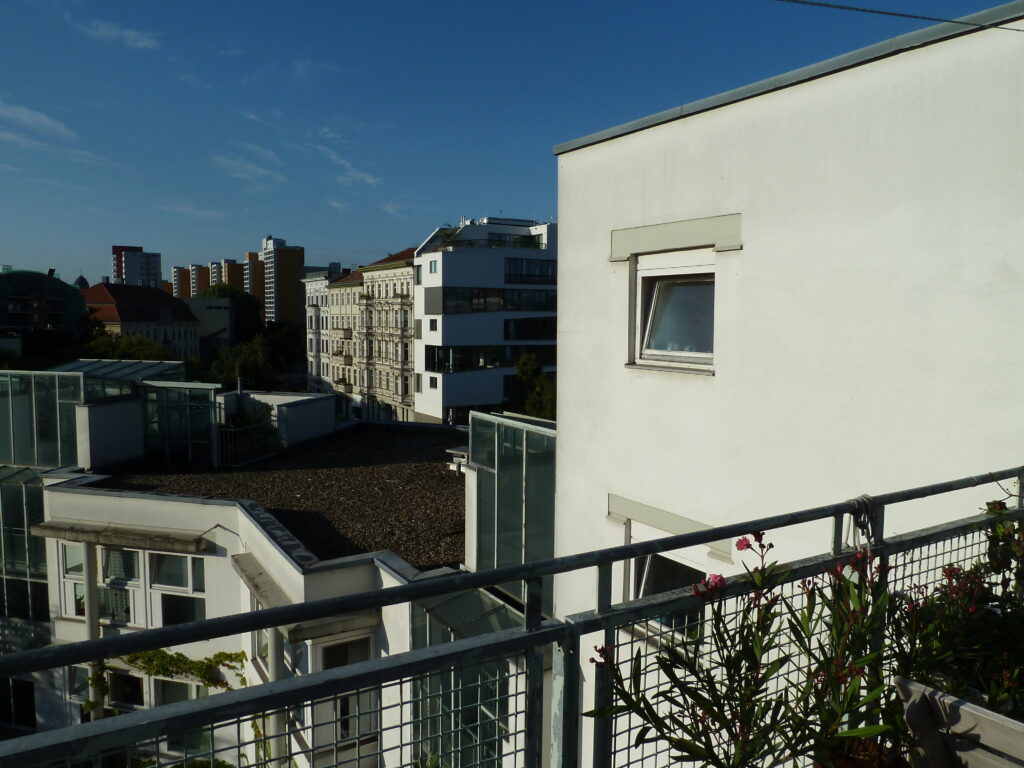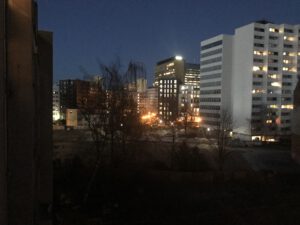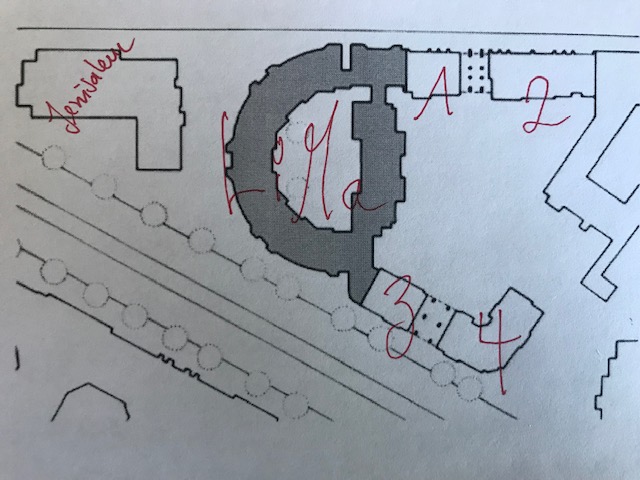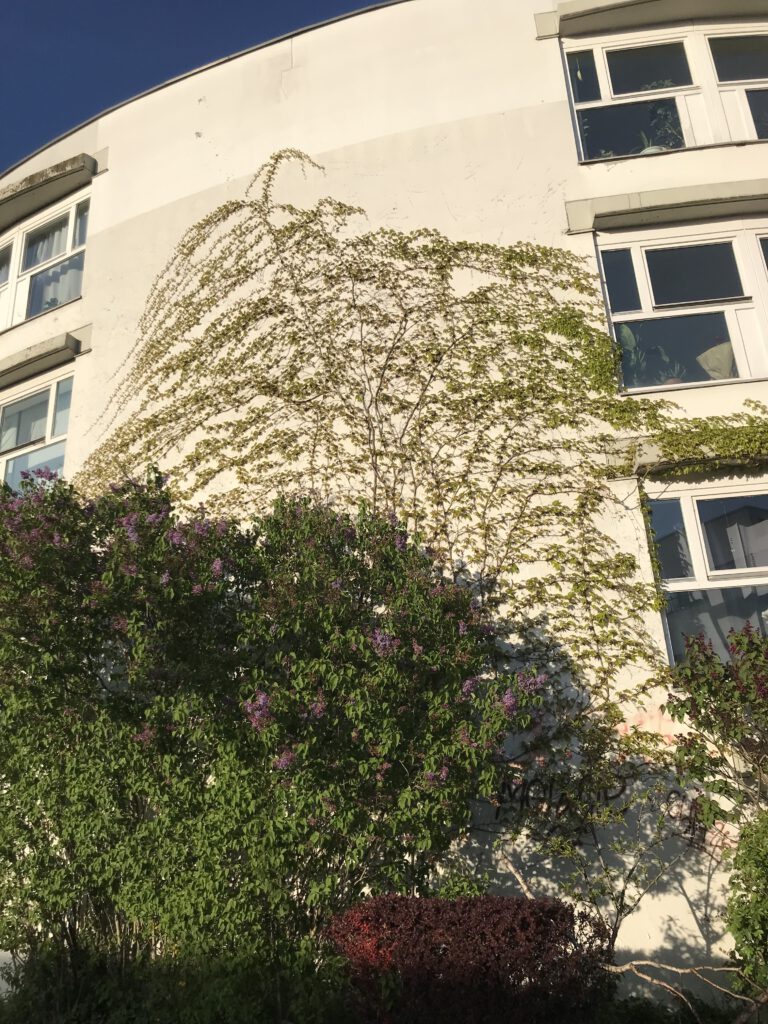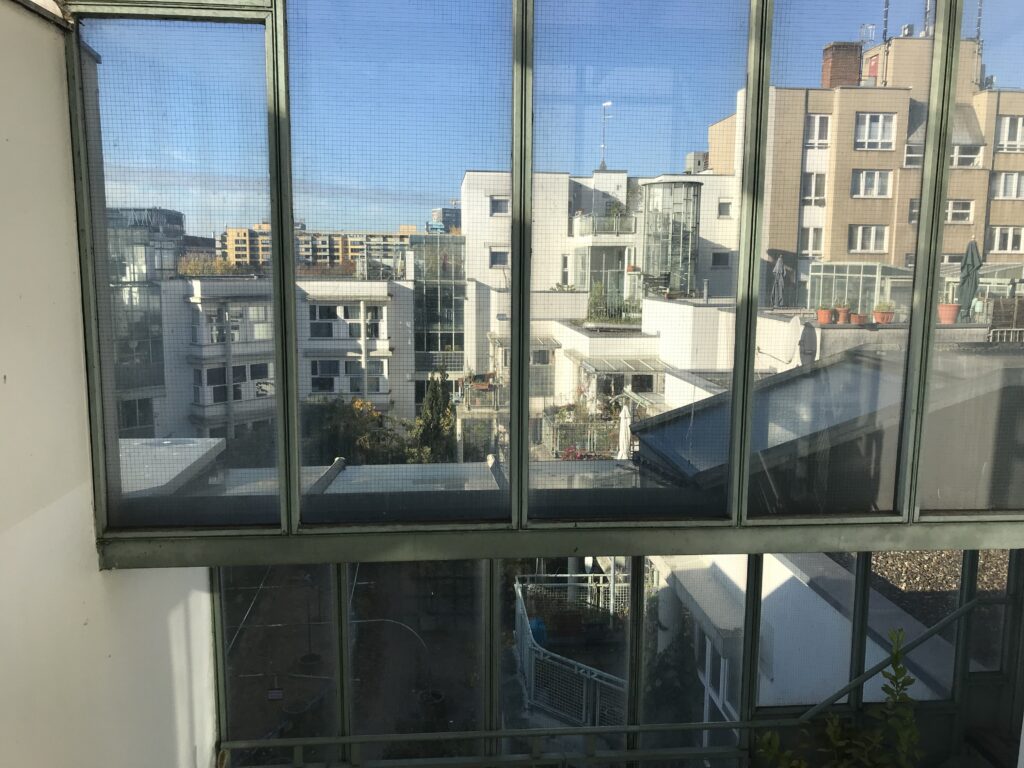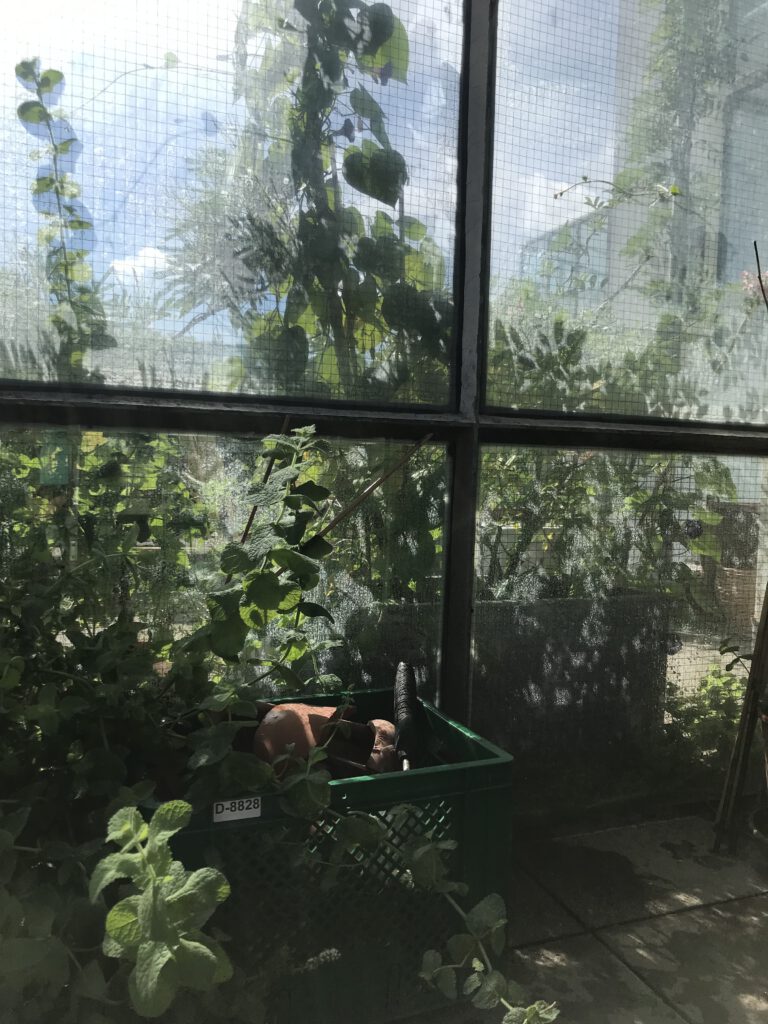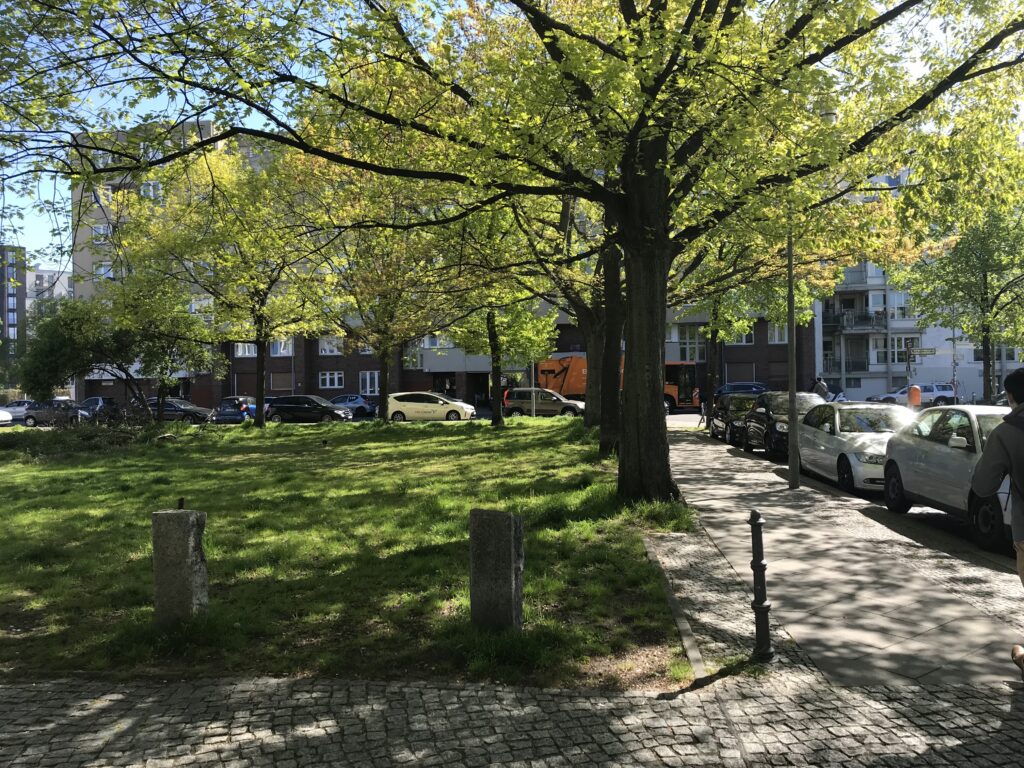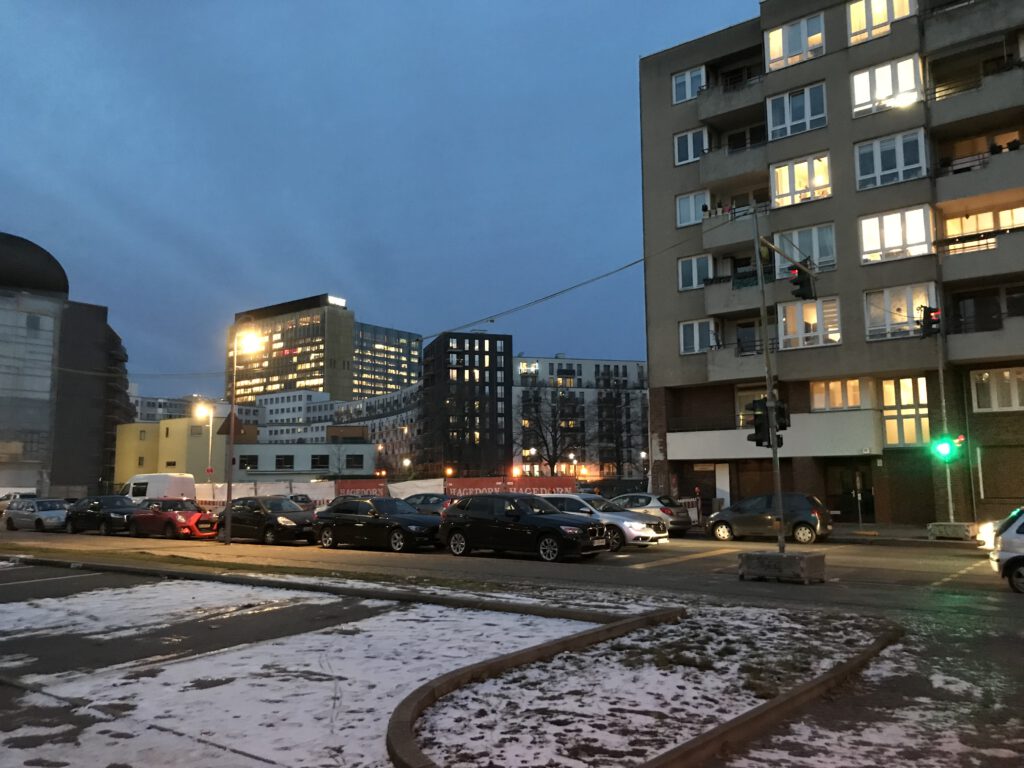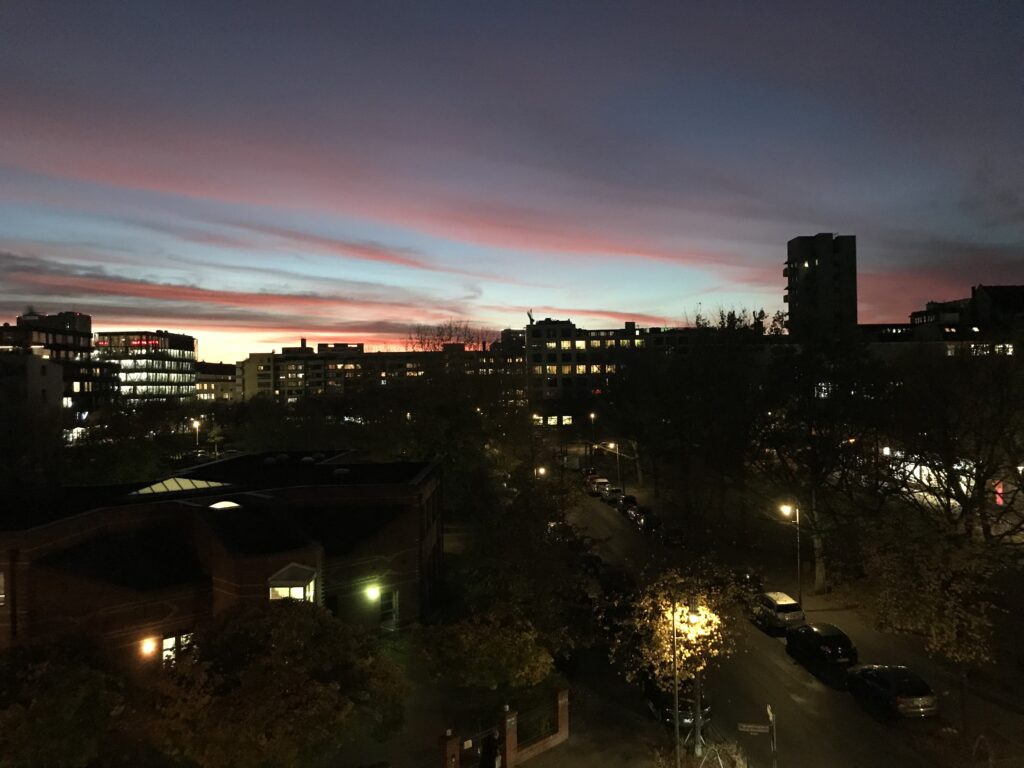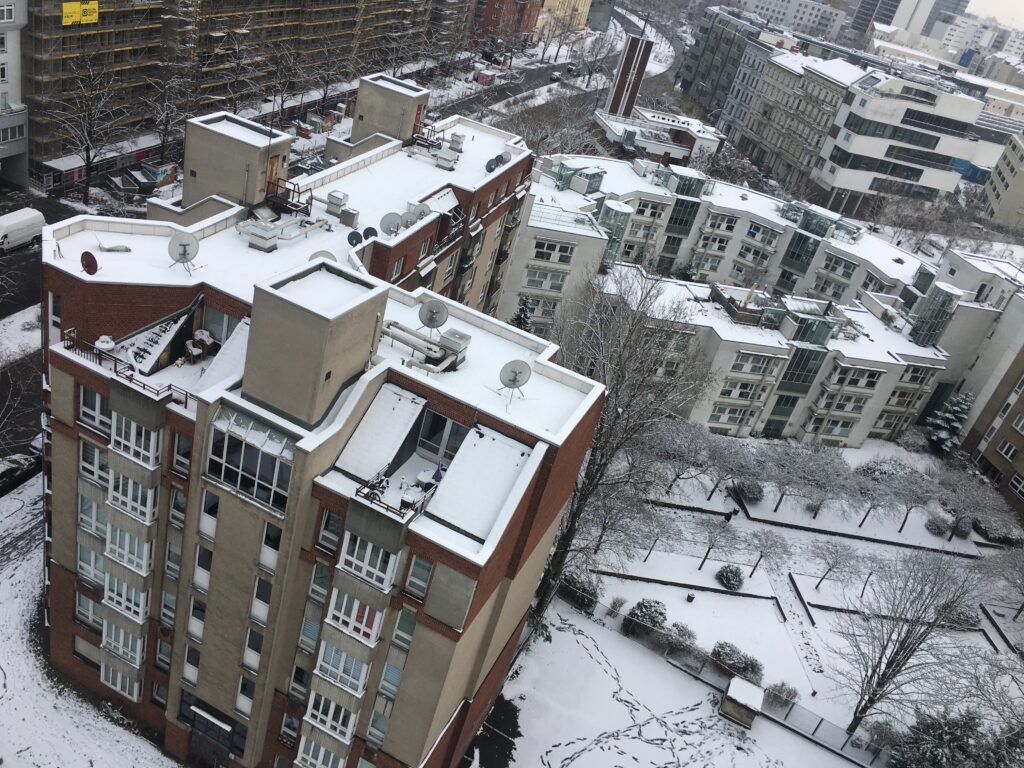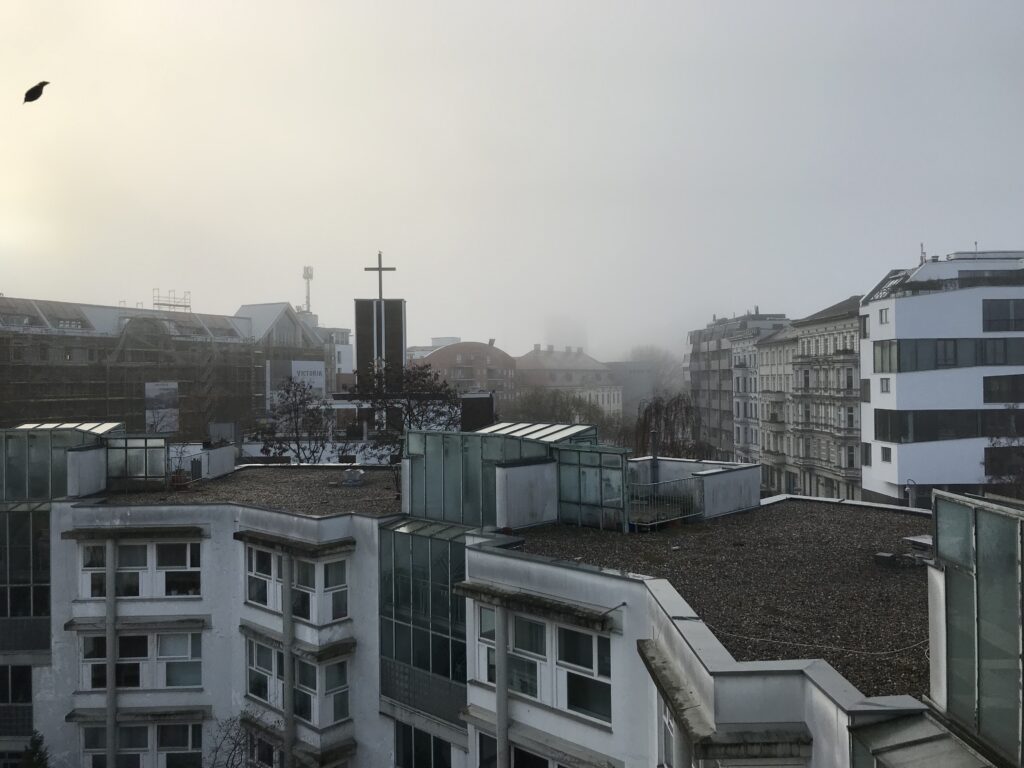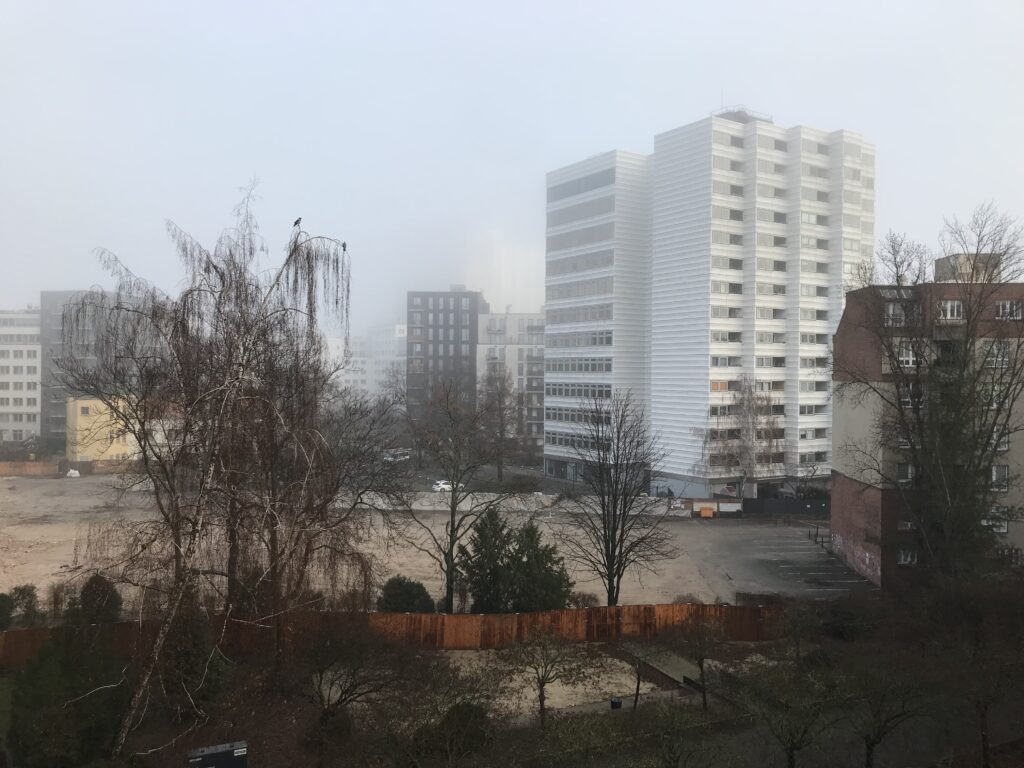Architecture
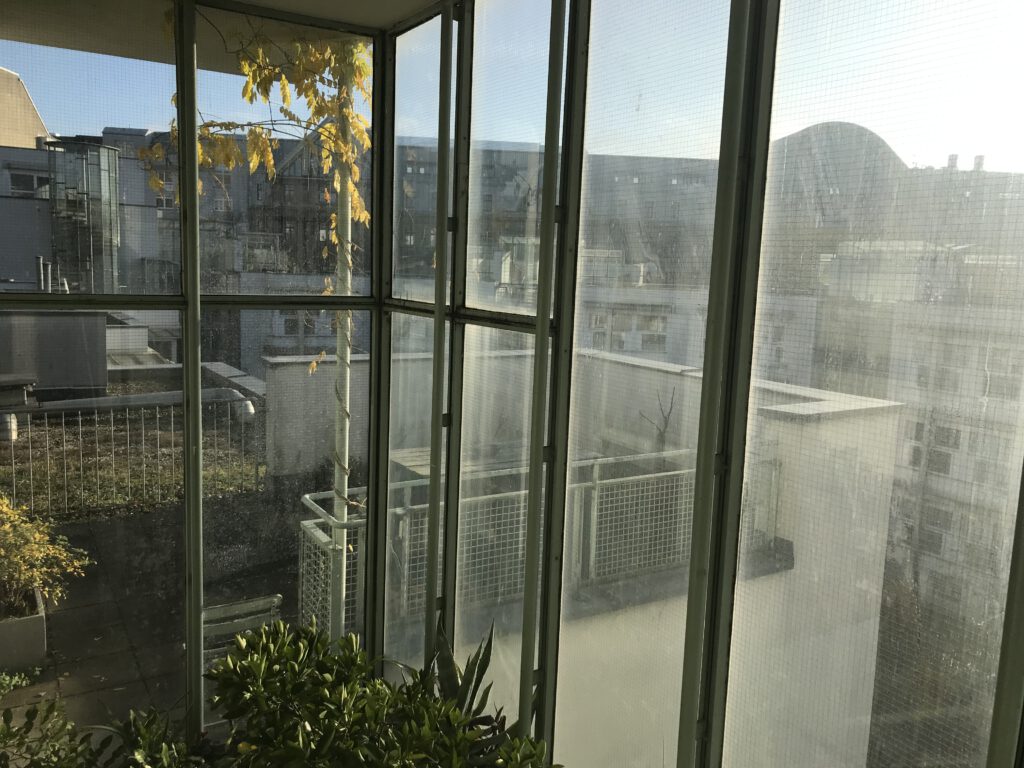
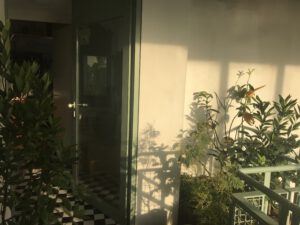
There is this zone … which is sometimes part of the staircase and sometimes part of the house, and they open this door and there is going to be a very large openness between the opposite houses and consequently a lot of social contact. And I must say, and also I know, that the influence of architecture on life is very limited, that it helps the social contact ….
We should not make architecture, that forces people to communicate. So we should make enough protection from the one to another, to not force the people to communicate, but we should also not force people to not communicate and that is the thing. To get your own choice to make conditions, to organize your building in such a way that this choice to the people is either to do this or to do that, to be by myself or to be with the others according to what my situation is.
Transcript: Lecture of December 9, 1987; source: AA school of Architecture: https://www.youtube.com/watch?v=GwXeiBiHf4c

The eyes of our ancestors are upon us:
Fluidity – all categories are in flux and can shift. The tree can speak and man can transform into an animal. Permeability – there is no boundary between the world we live in and the world of spirits. A wall can speak to us. It can accept us or reject us.
quoted and taken from the documentary film “The Cave of Forgotten Dreams” by Werner Herzog – about the Chauvet Cave with its 30,000-year-old murals in the Ardèche Valley in the south of France.

@sarges
Seen and being seen is an evolutionary imprint. At LiMa, evolution and civilization are clearly interlinked in the concept of architectural design. Watching the world from a safe place: its all about seeing. Its all about light. It’s about seeing, it’s about light. And so this architecture by Herman Hertzberger in the LiMa Wohnhof has an aura that is unique in time and space.
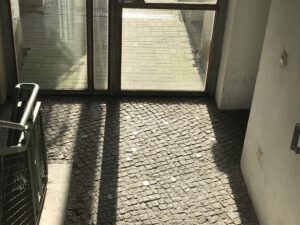
there is a street in the glastower

The way from the city to my study is a gradation of passages, rooms and interspaces that I pass through, just as the rooms and interspaces in my own four walls are different gradations of the private and public, in which I then can live with my family or with friends or alone
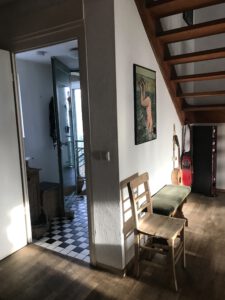
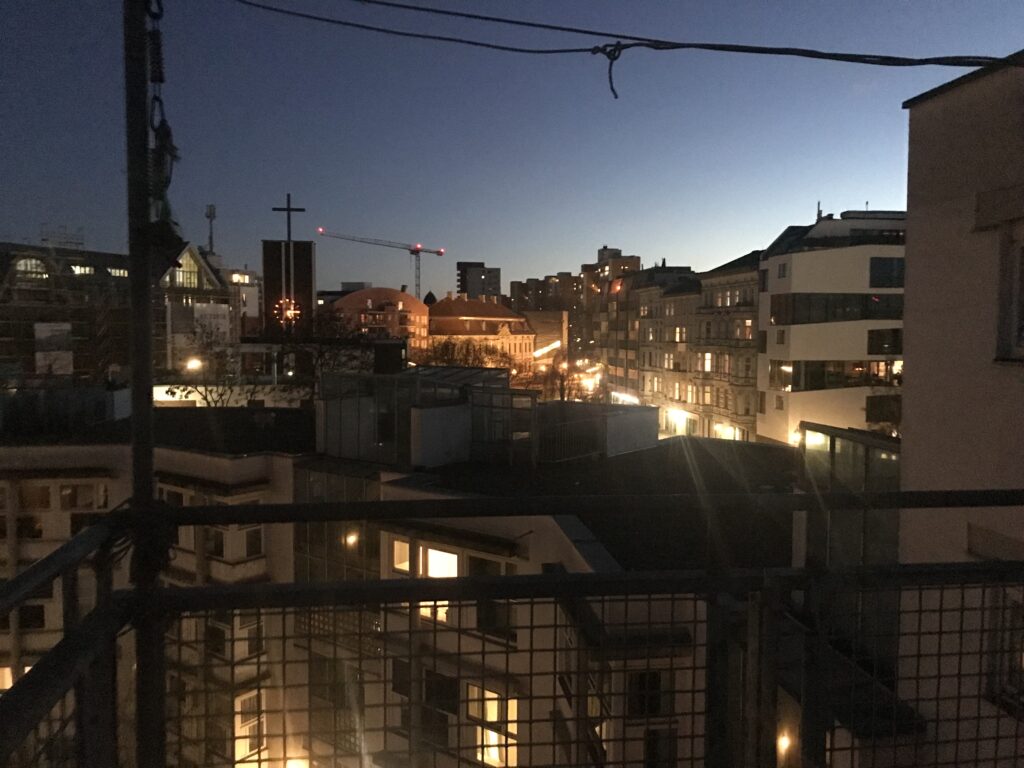
@sarges
LiMa – urban spaces –
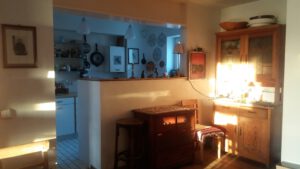
and privacy
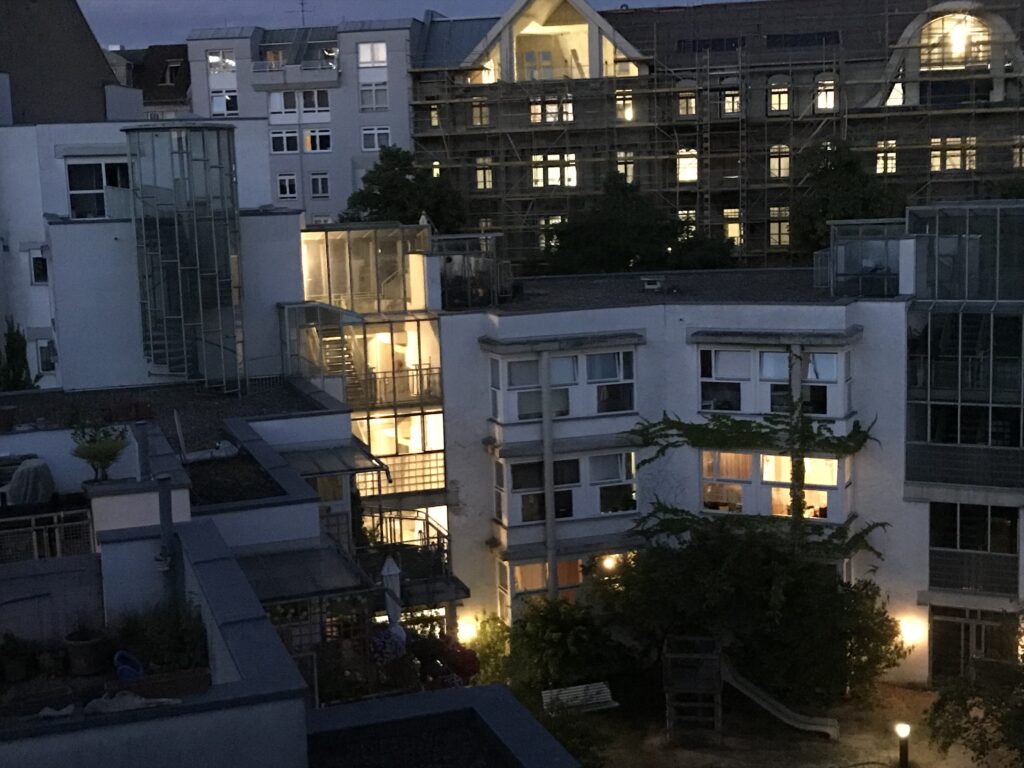
@sarges
– the city in the city –
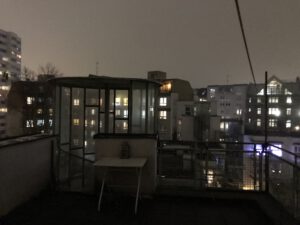
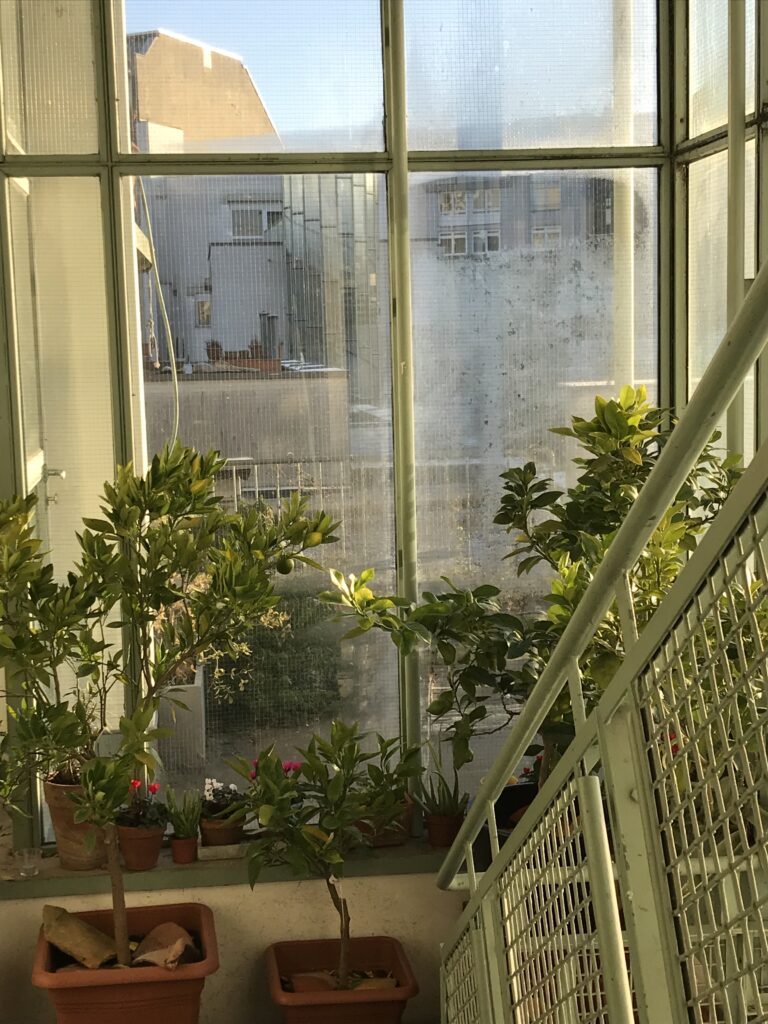
@sarges
glastower – wintergarden – orangery –
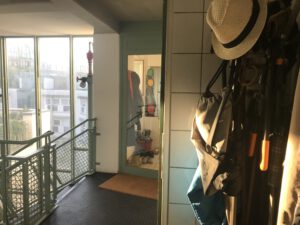
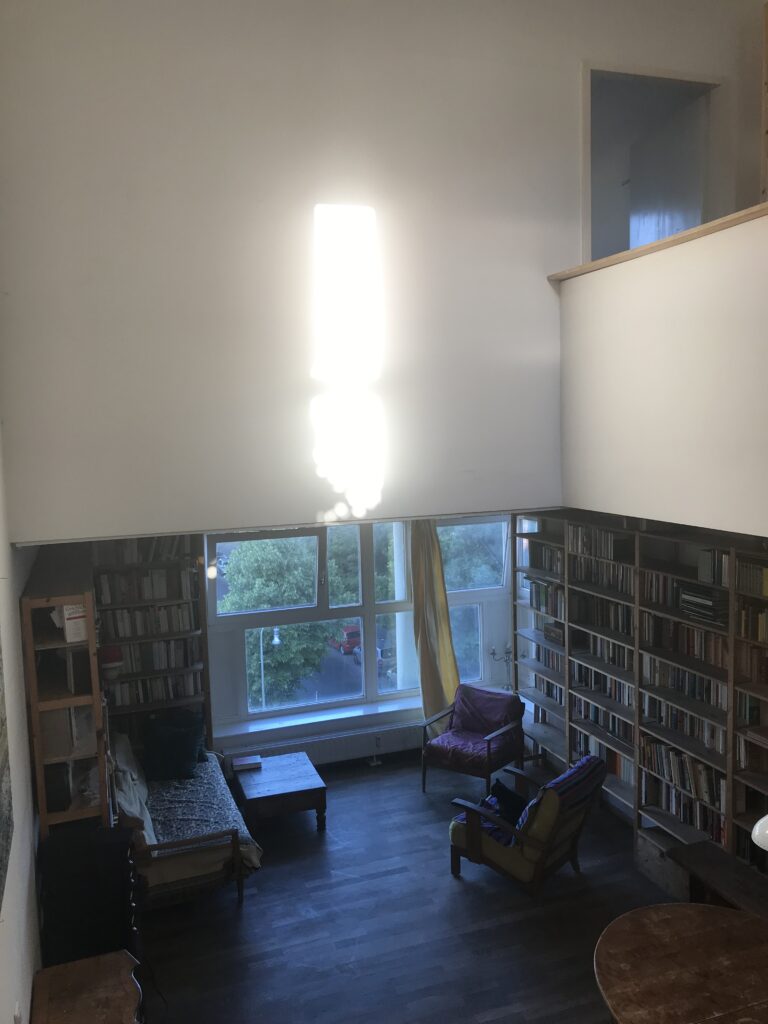
@sarges
– light –
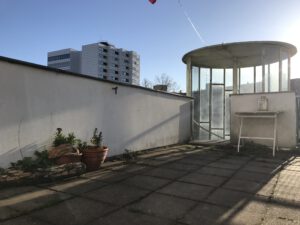
Made visible through light – everyday happiness and transcendence.
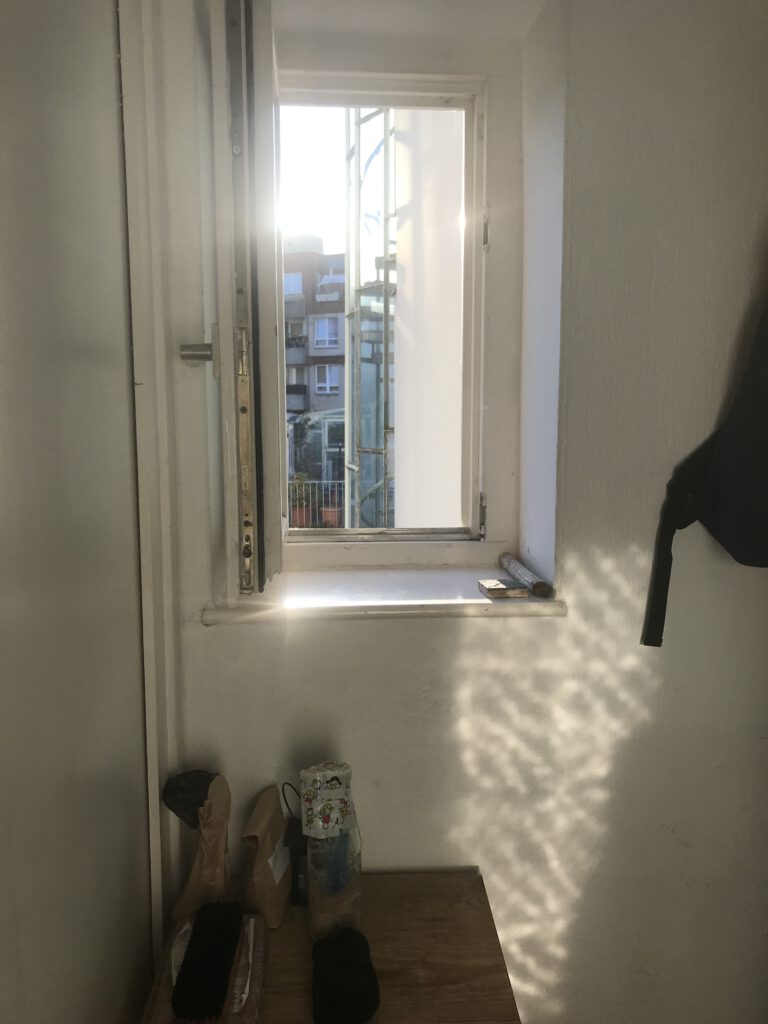
the inconspicuous window with a narrow sash is the window to the world
Aldo van Eyck
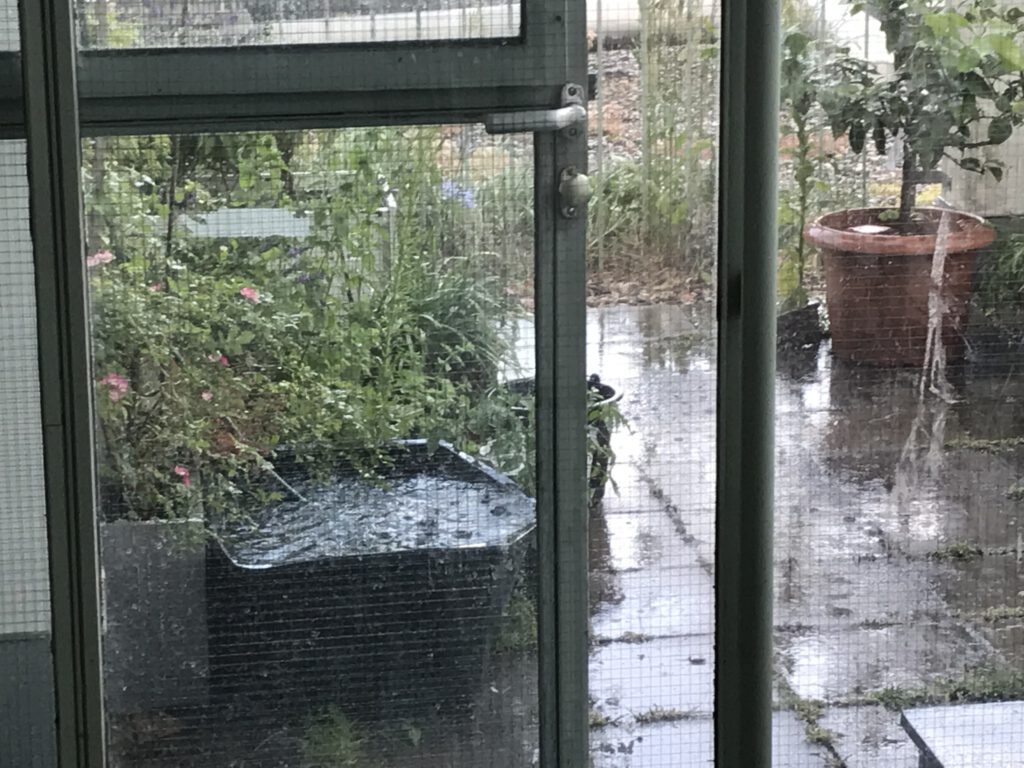
windows that are pulled down low allow us to observe the weather. we are then connected to the phenomena of the laws of nature. But above all, we see people. We are always connected in a building of Herman Hertzberger .
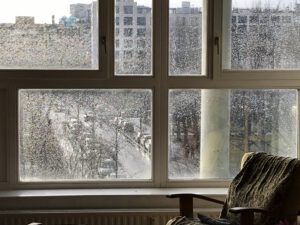
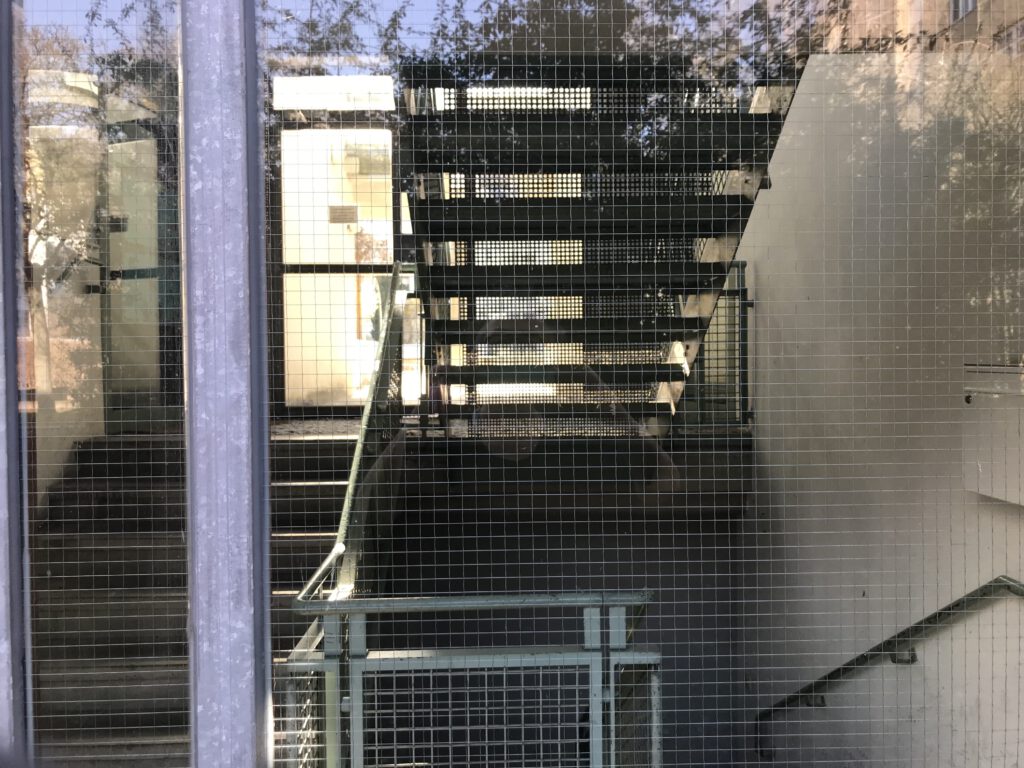
permeability – light – air – sound – comes through – and i can see through – in the meantime i am protected –
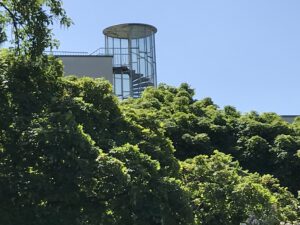
a glass tower as an escape route, which is an architectural movie theater. As you descend, you can view architecture from three centuries.
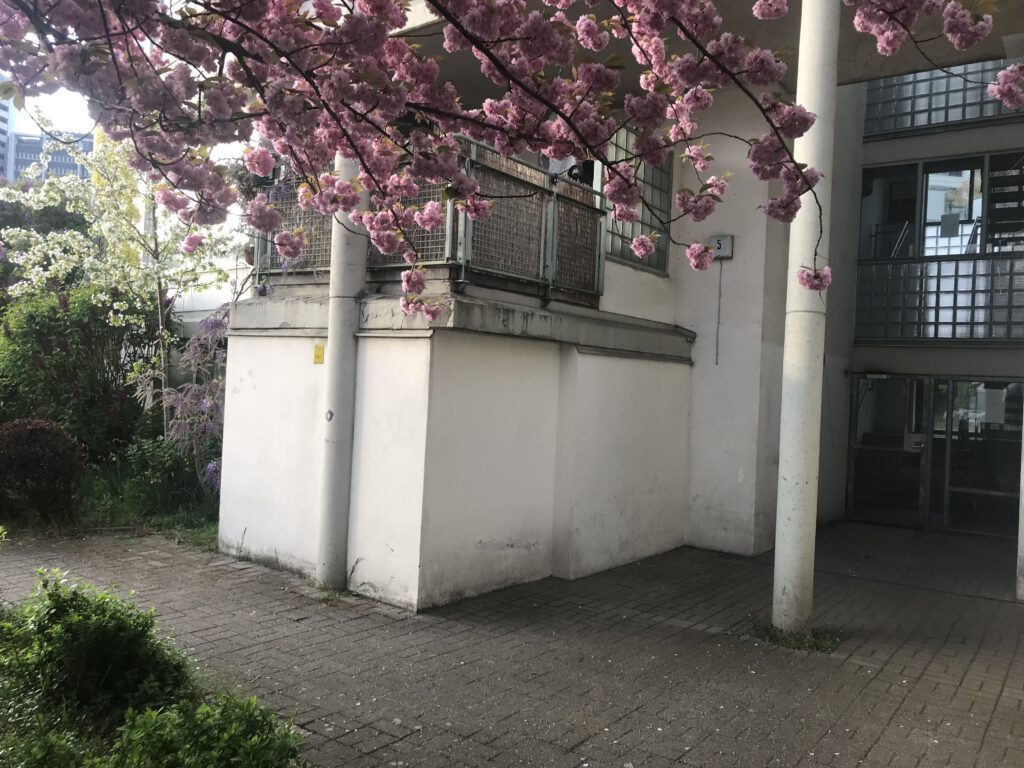
– I pass the gate and I’m at home –
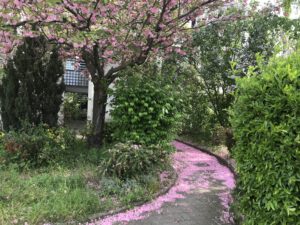

@sarges
You can see each other through the apartment door
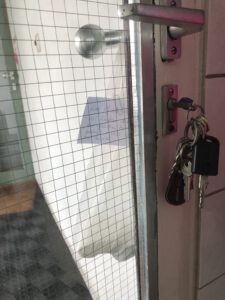
Neighbors have brought something!
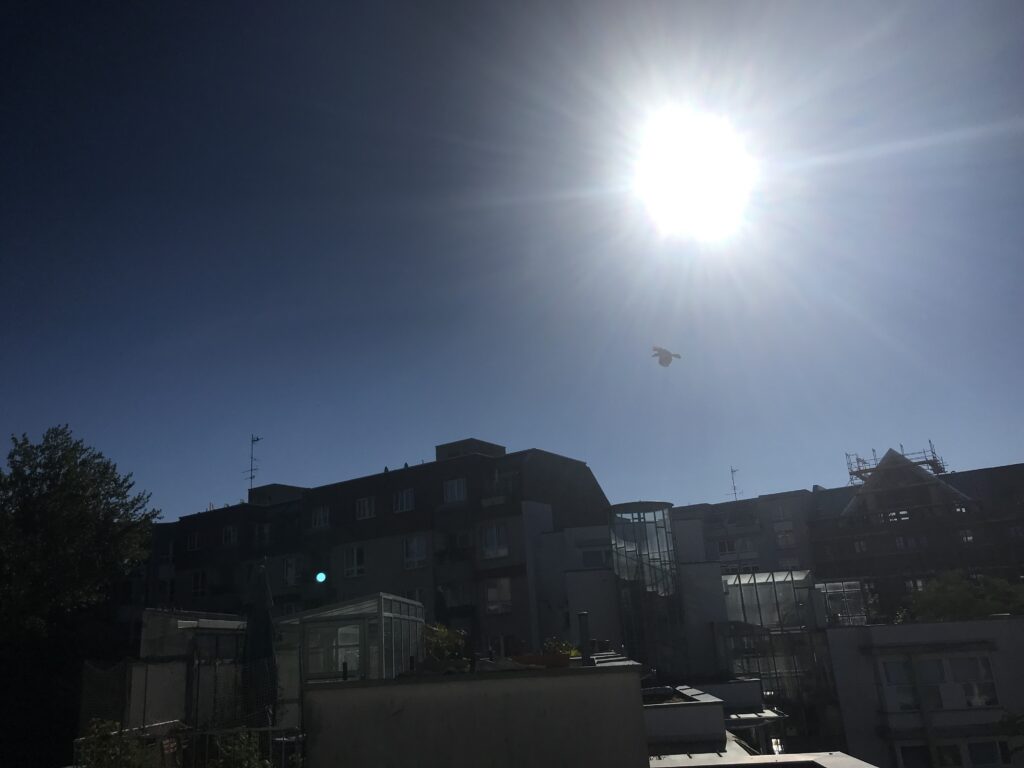
@sarges
A very good morning LiMa!

Tower East
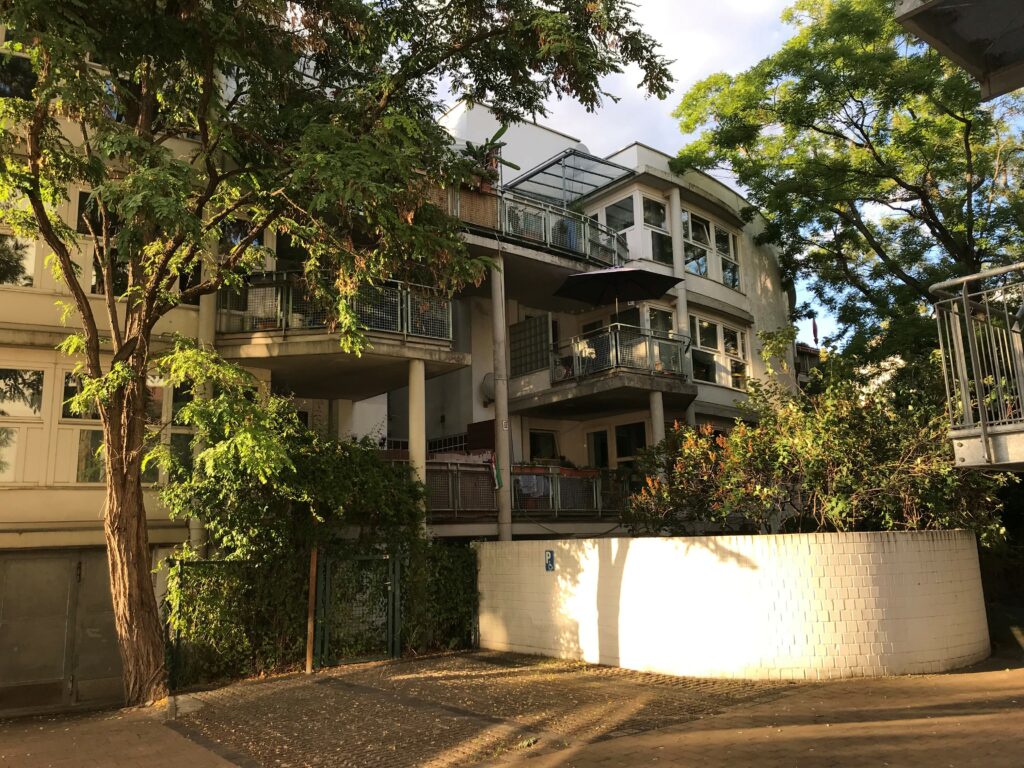
@sarges
LiMA south
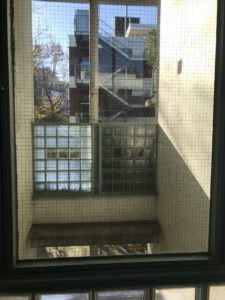

@sarges
Built like a medieval town—and accessible through seven glass towers – it is both a protected area and a viewpoint –
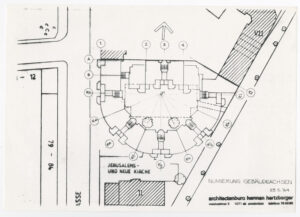
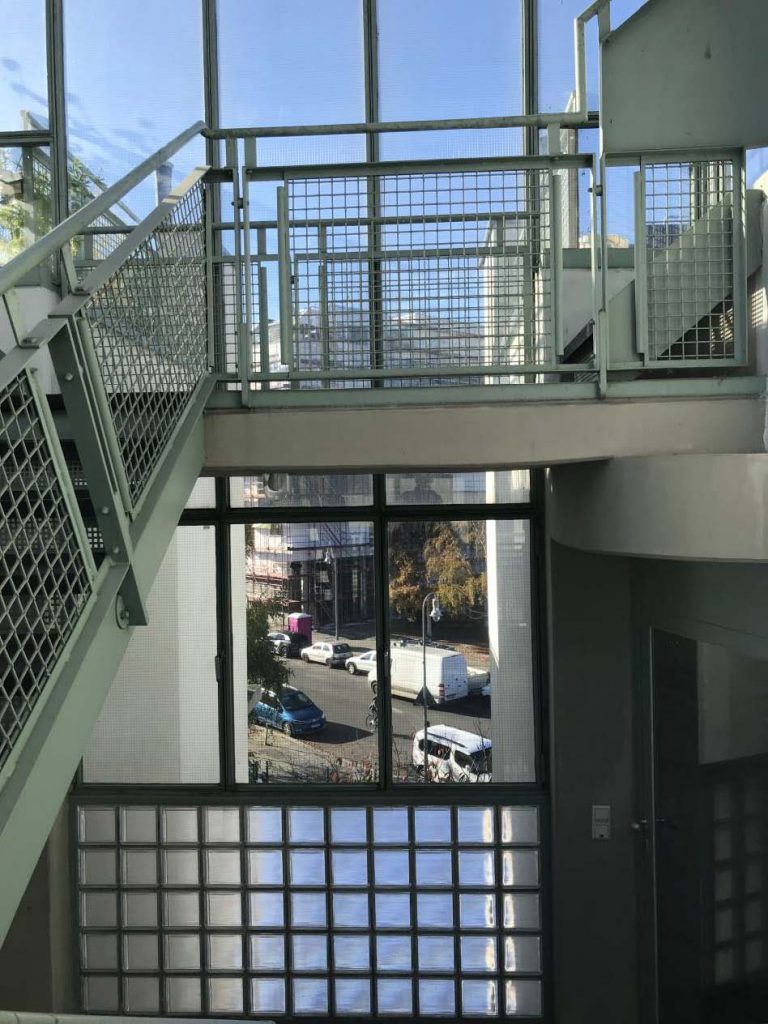
@sarges
In the glass tower – view of the city – view of the Hofgarten and – unobstructed view of the horizon –
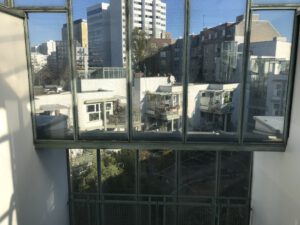

@sarges
The city view like a painting – I’m dreaming
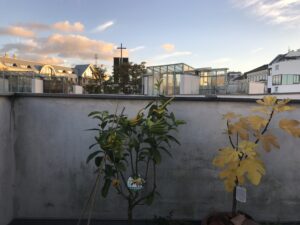
figs and mandarins grow on the roof

LiMa – Landscape in the smallest space – dimension
and again i am dreaming …
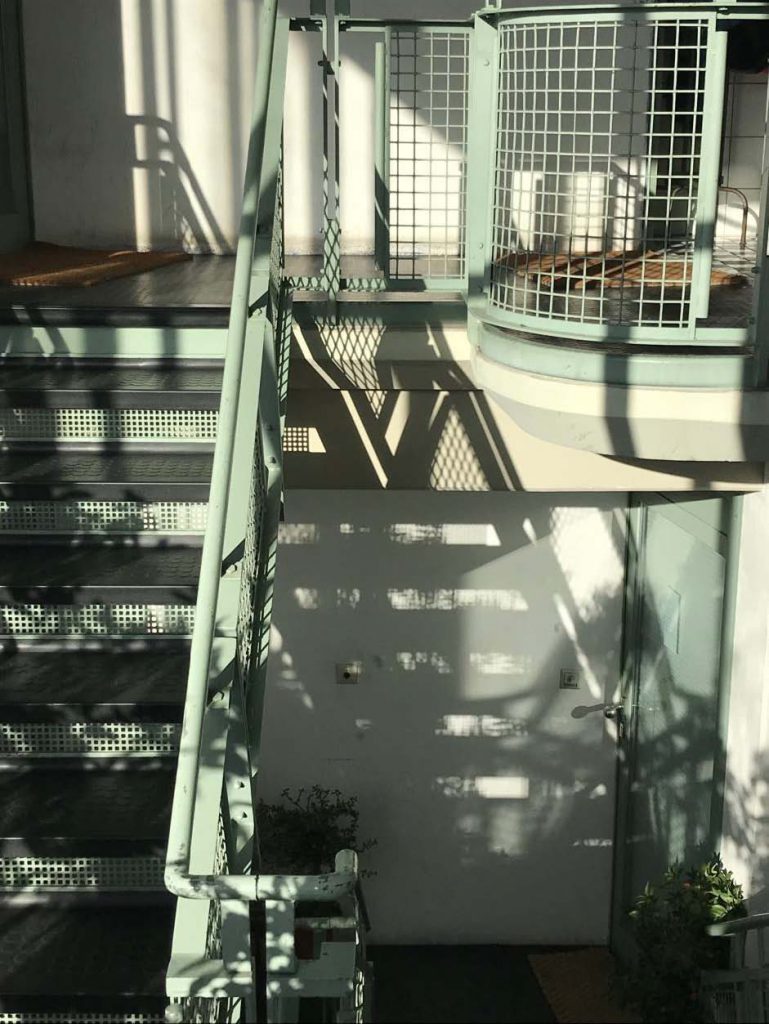
@sarges
Stairwell illuminated from the East – the vertical passaget is not heated
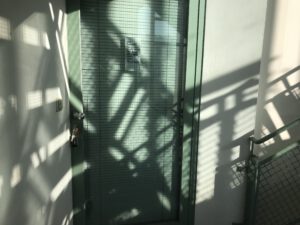
Where does the green color of LiMa actually come from ?
“The green comes from us. We have always had this green. This color reminds us of the copper roofs of Hamburg. But this green also exists in Amsterdam, where the copper roofs oxidize differently due to the sea air.”
Inken Baller

@sarges
Interconnected from North to South – and East to West
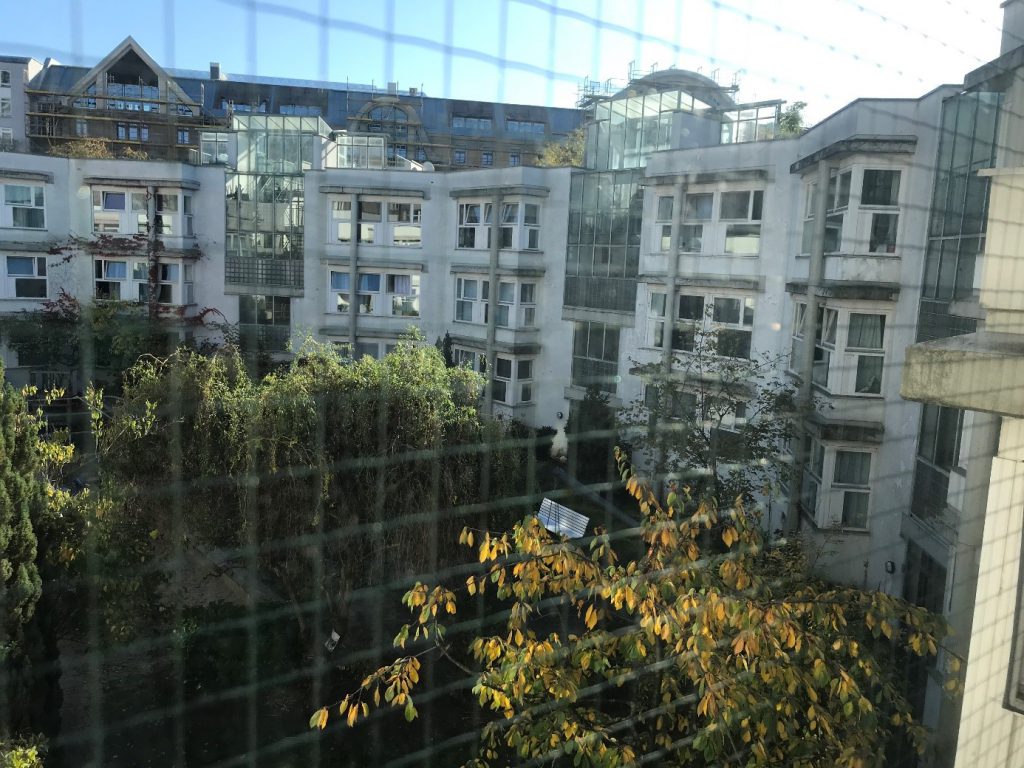
Concurrent and personal space at the same time

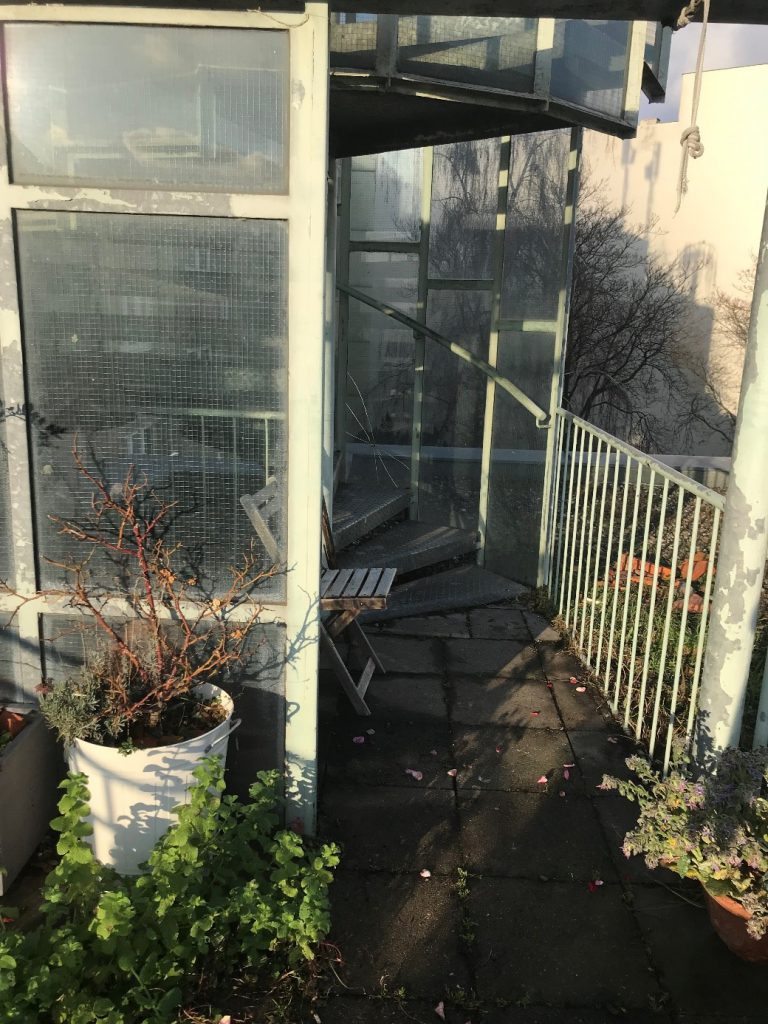
@sarges
Stairs, landings, niches and passages – hide and seek – almost unlimited possibilities through openness – which means freedom of choice for the residents of LiMa – a democratic architecture – a work of art of civilization

tower west
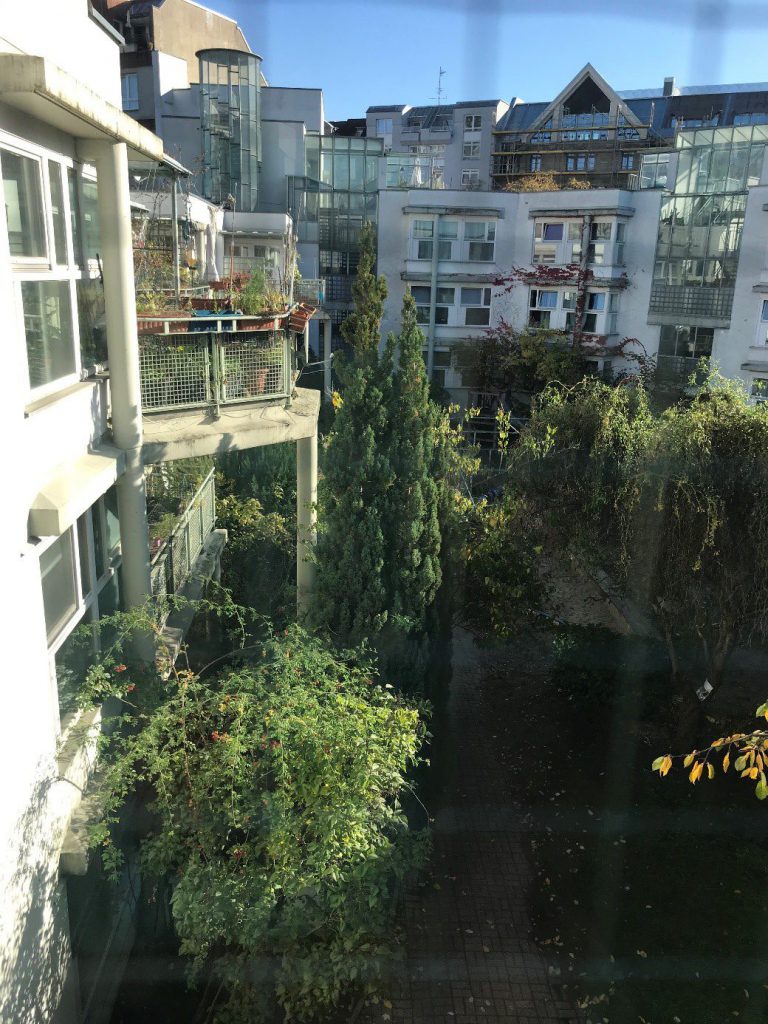
@sarges
Coral reef-like community

and everyone has their favorite spot somewhere
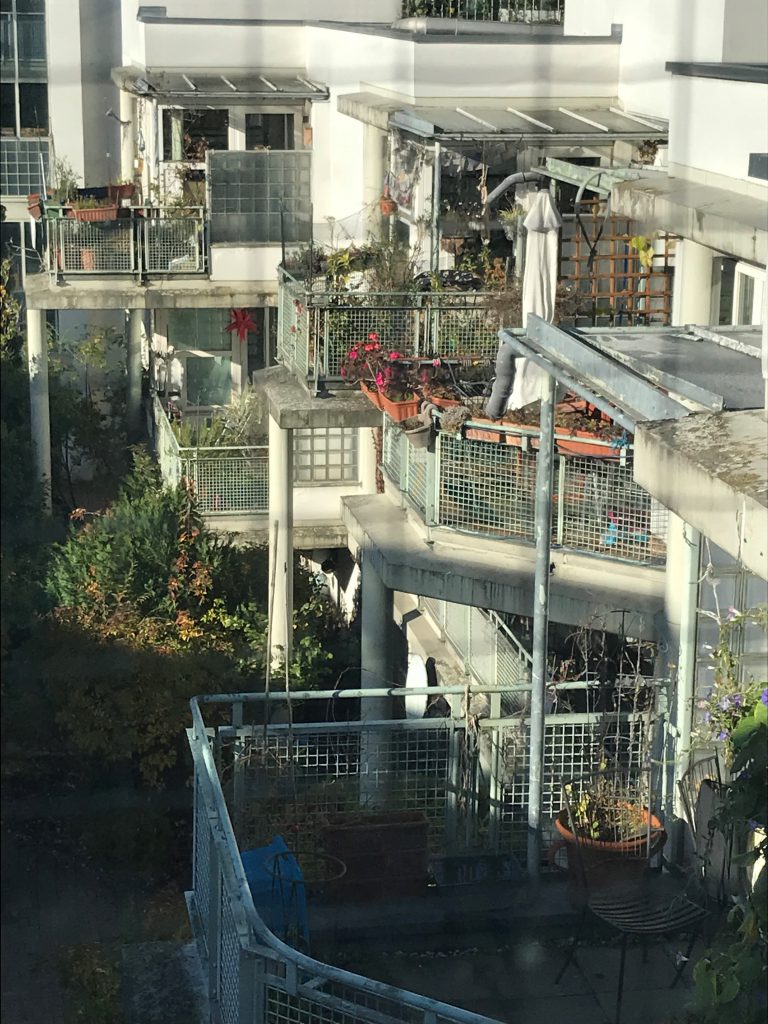
@sarges
Discreet and individual, ingeniously adapted, with attention to the whole
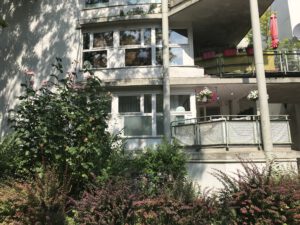
LiMa south-east
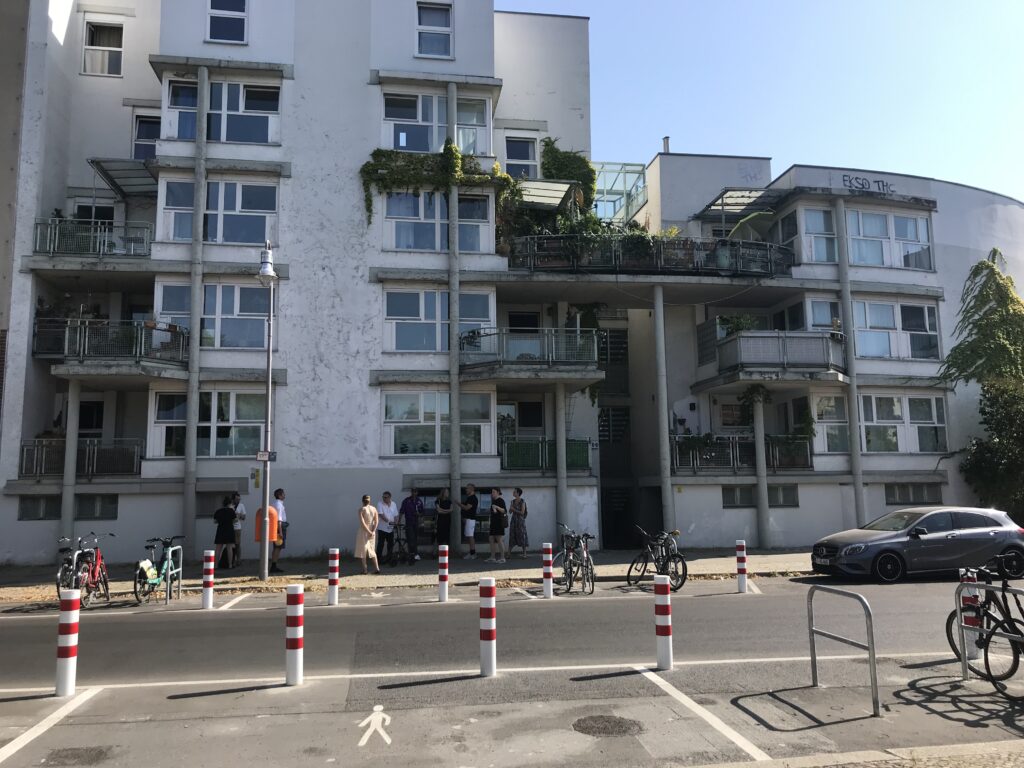
The fluid passage between private and public: I go into the glass tower and climb up the vertical street. I always have the opportunity to see the city. Then I turn around and I’m home.
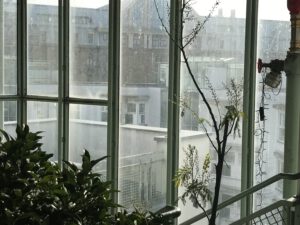
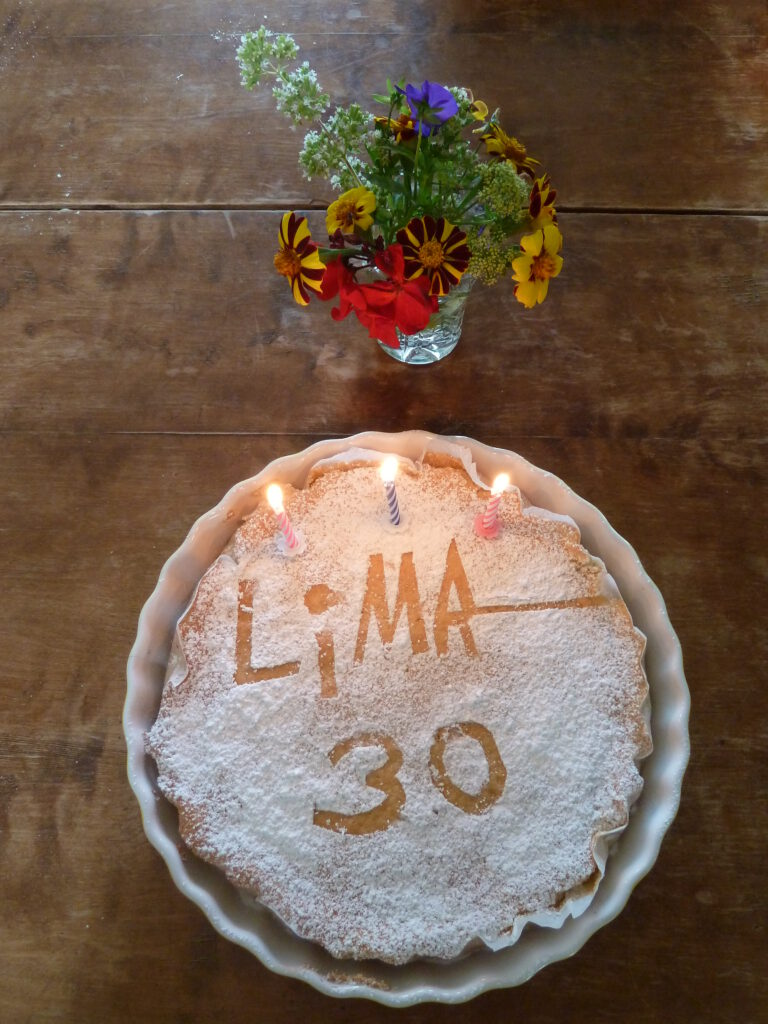
In the year 2025/26 we celebrate the 40th birthday of LiMa !
